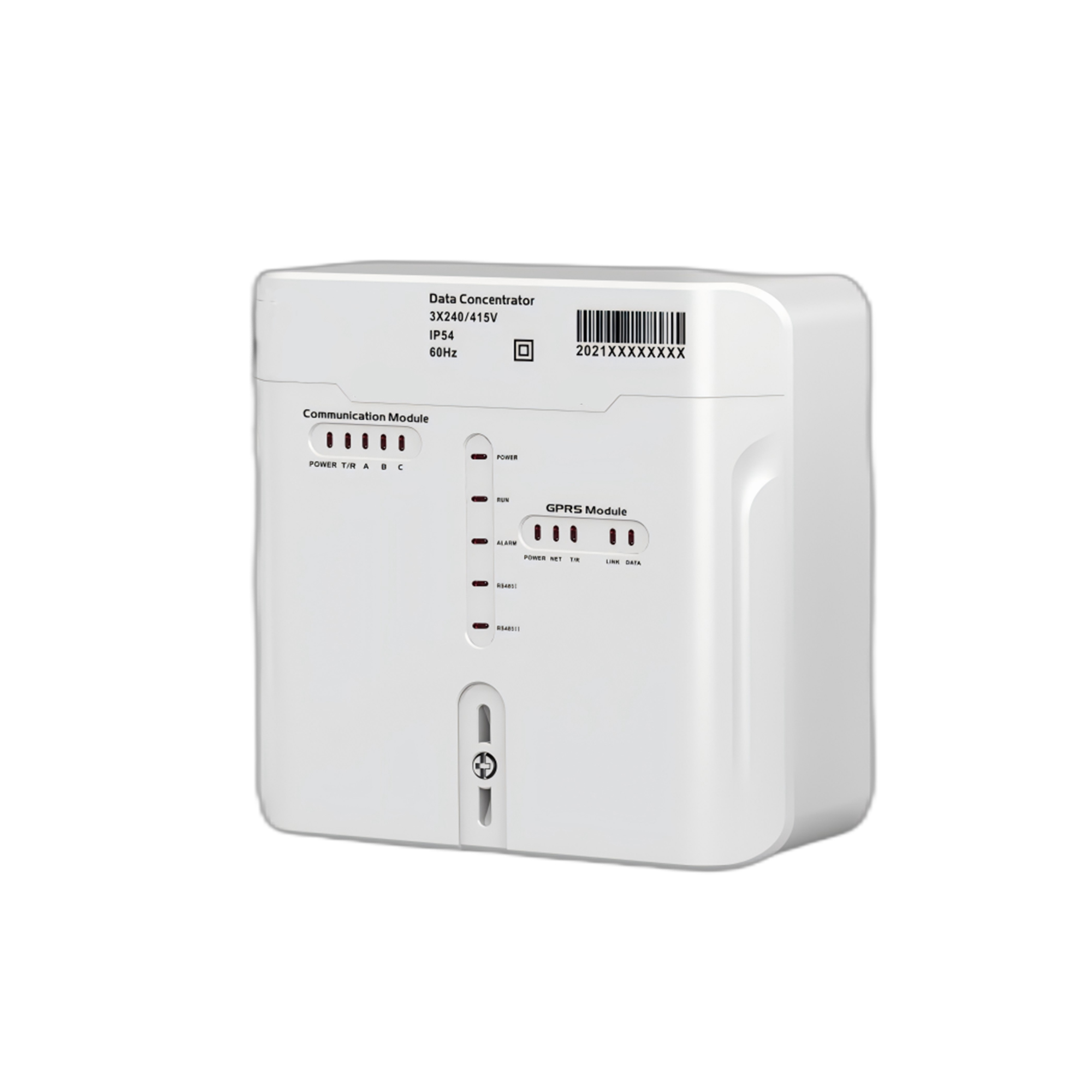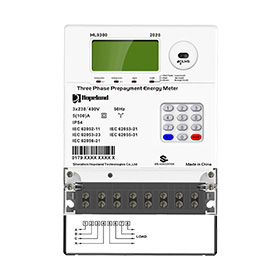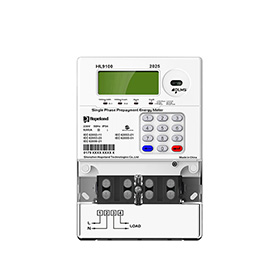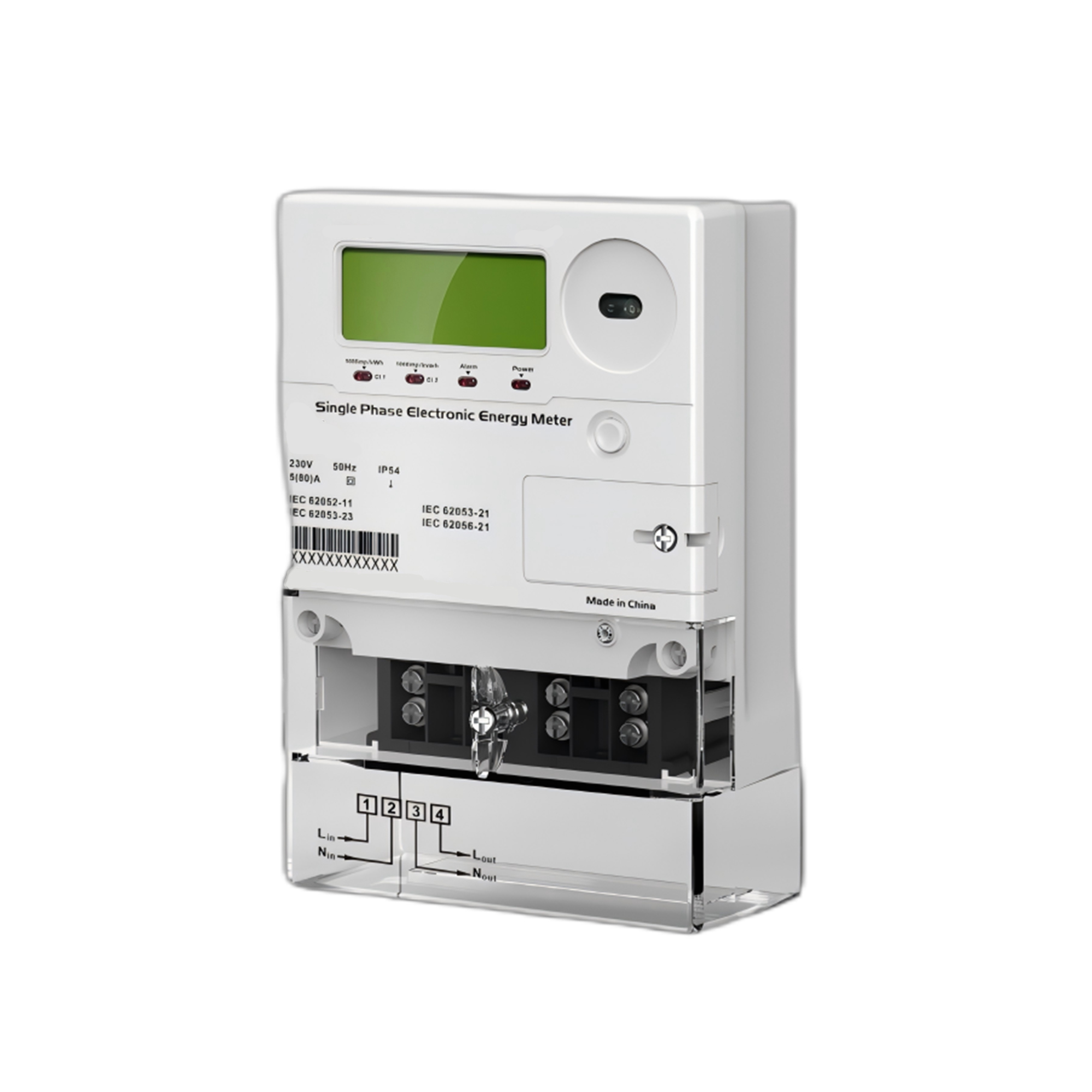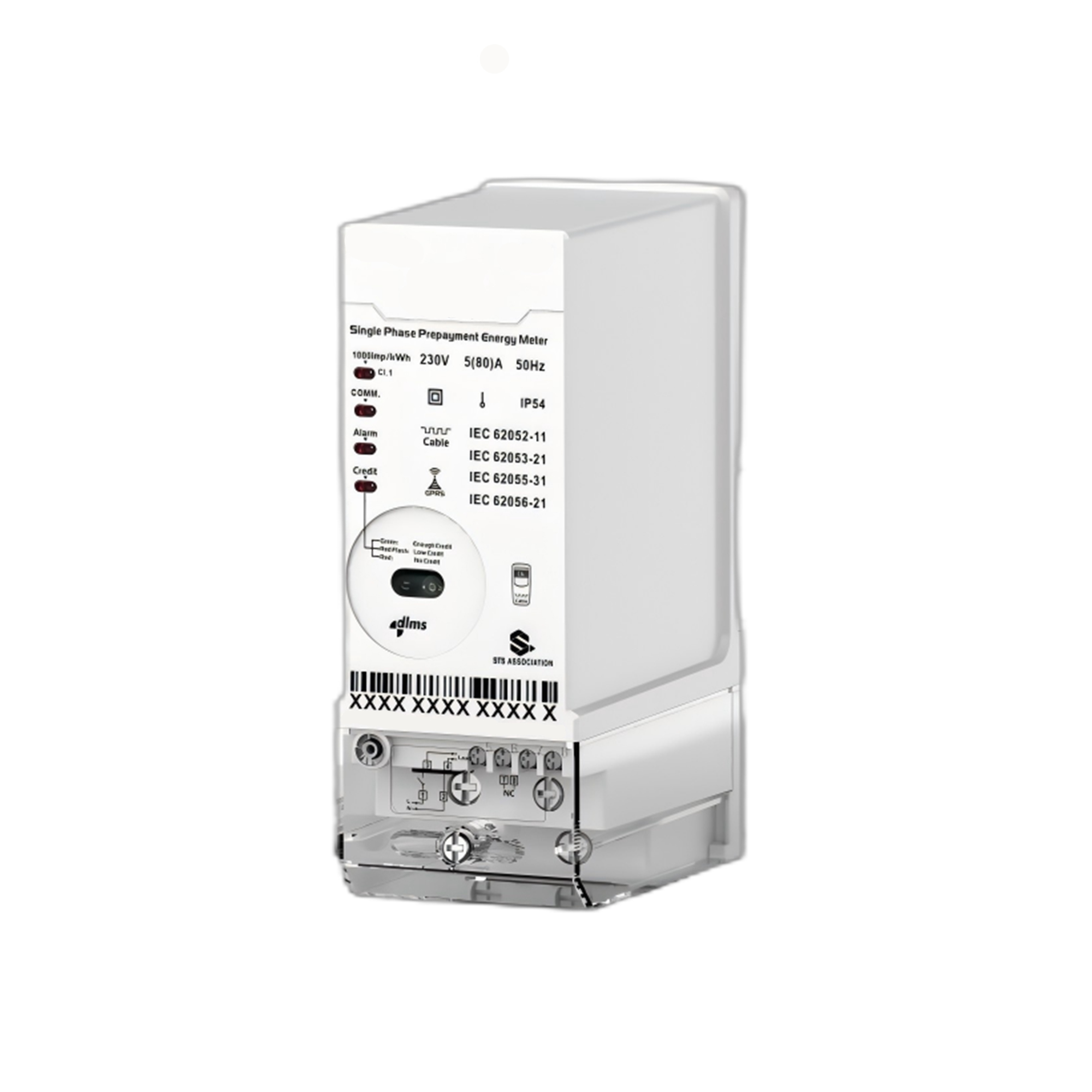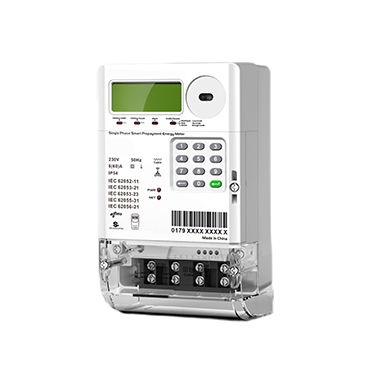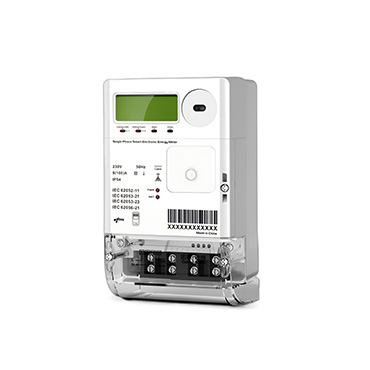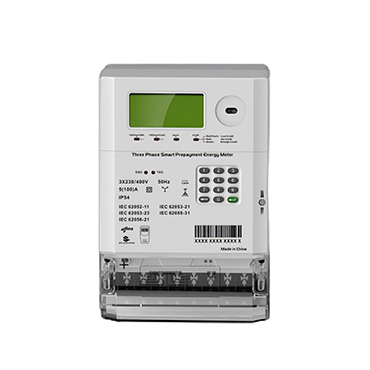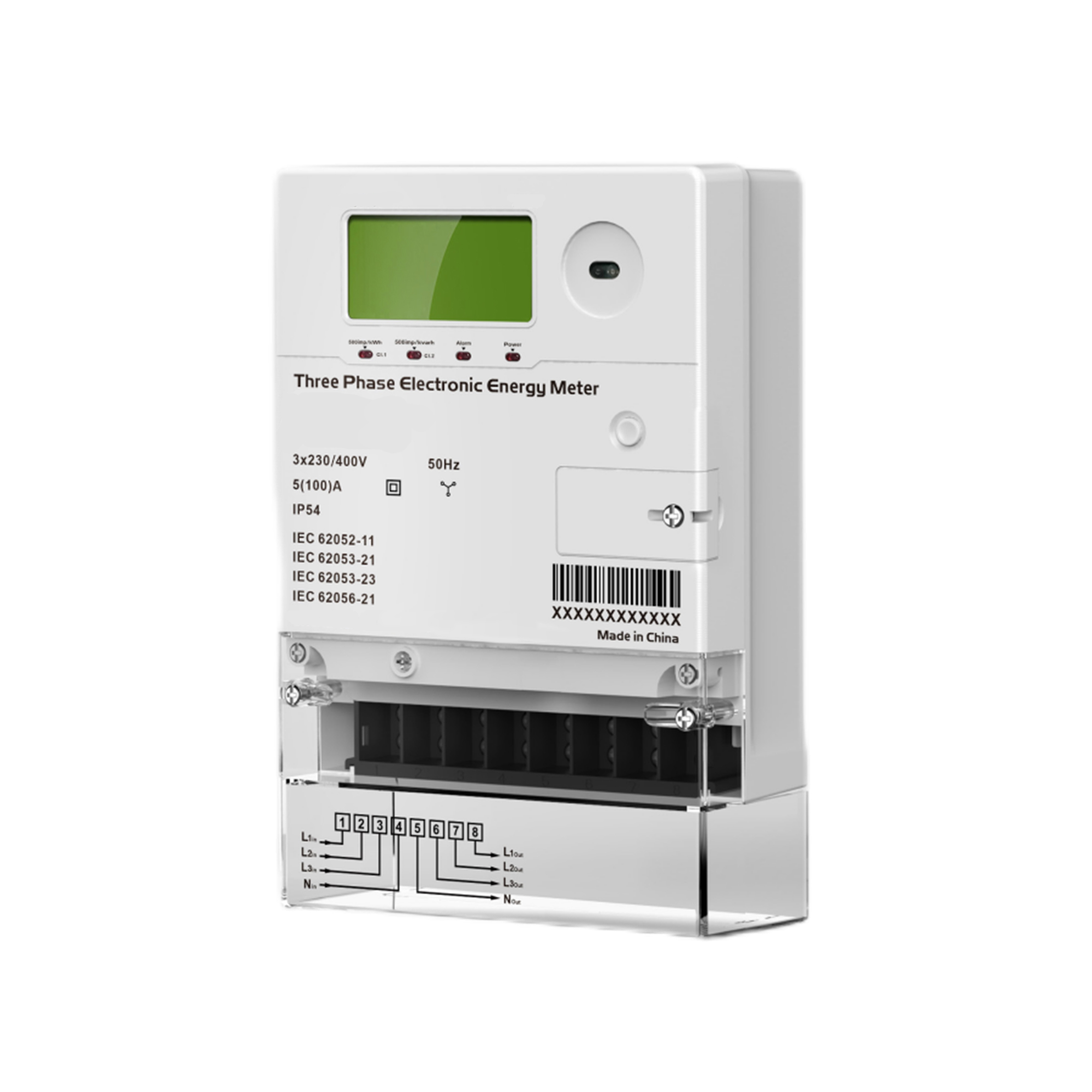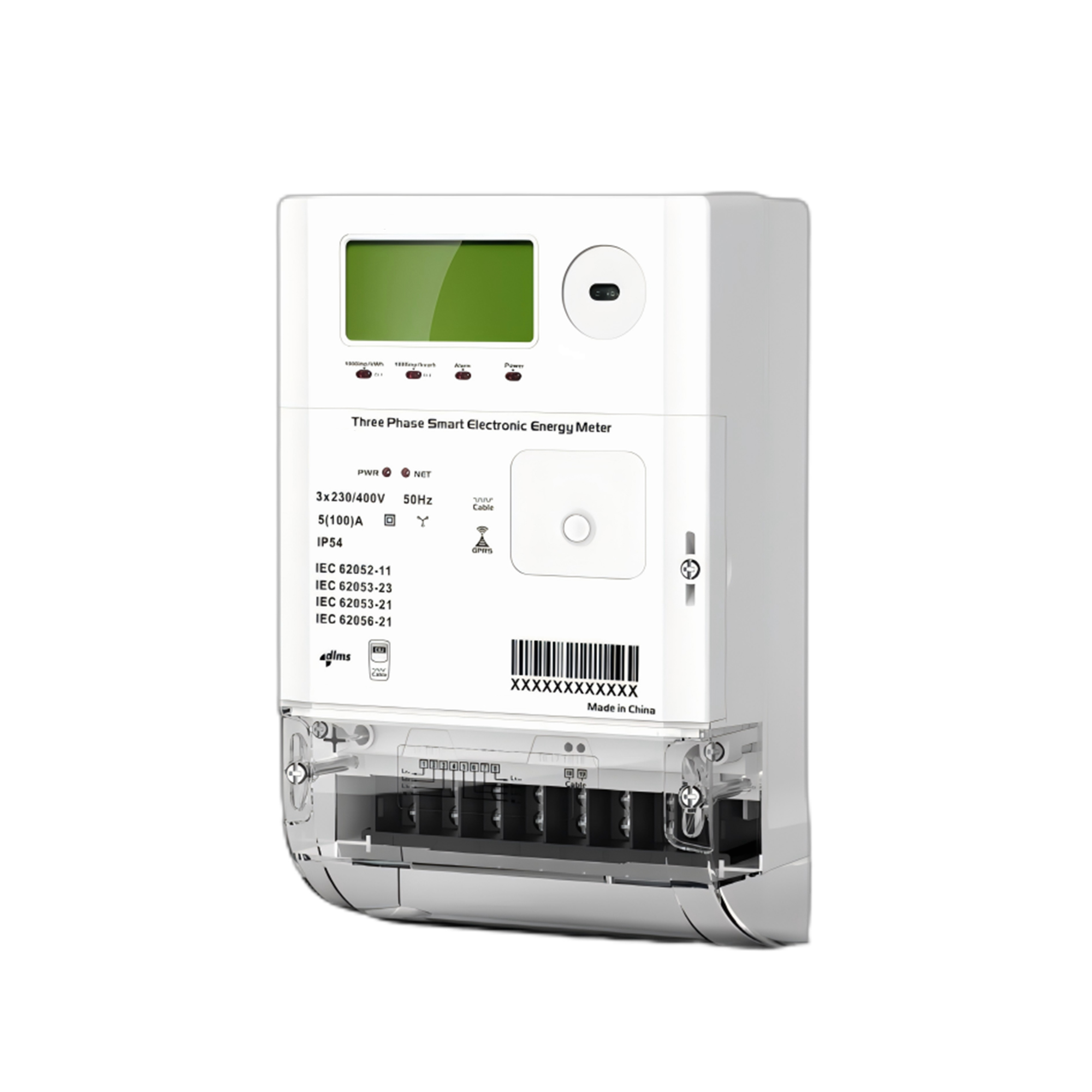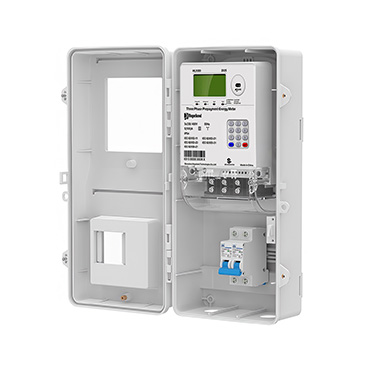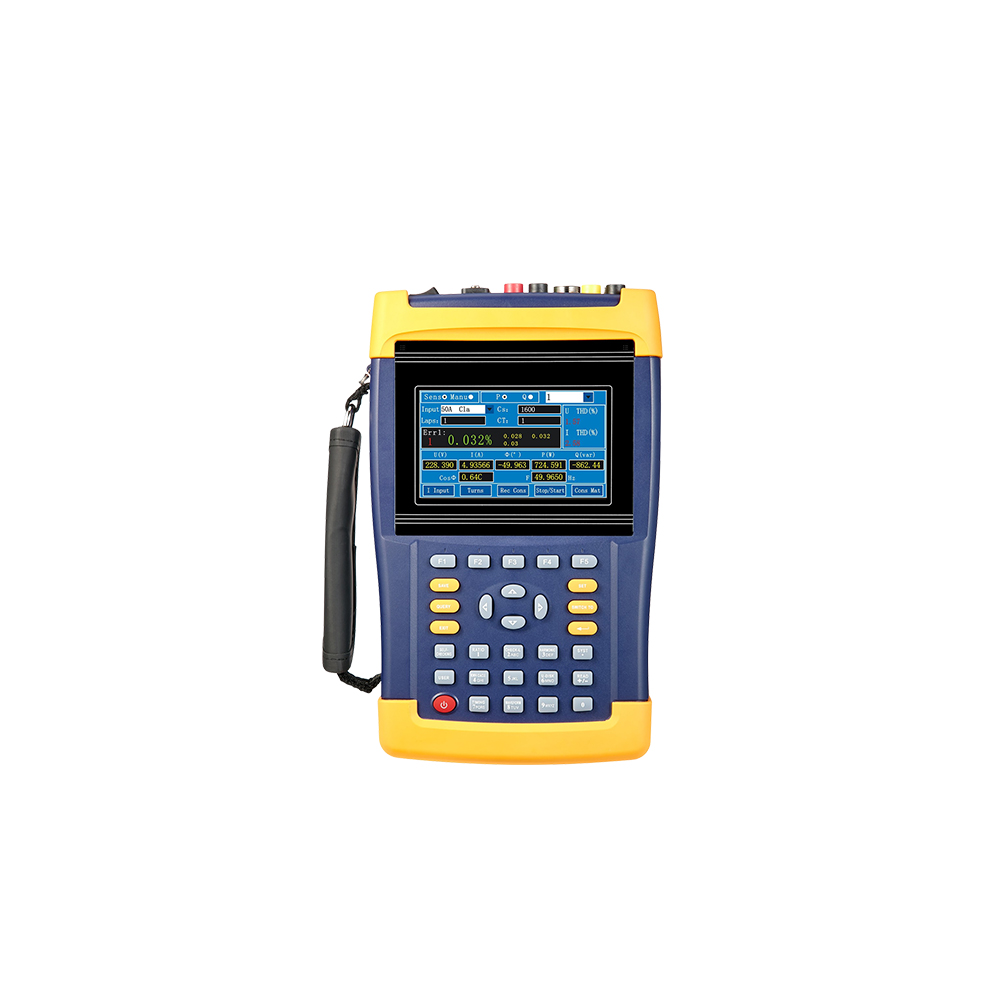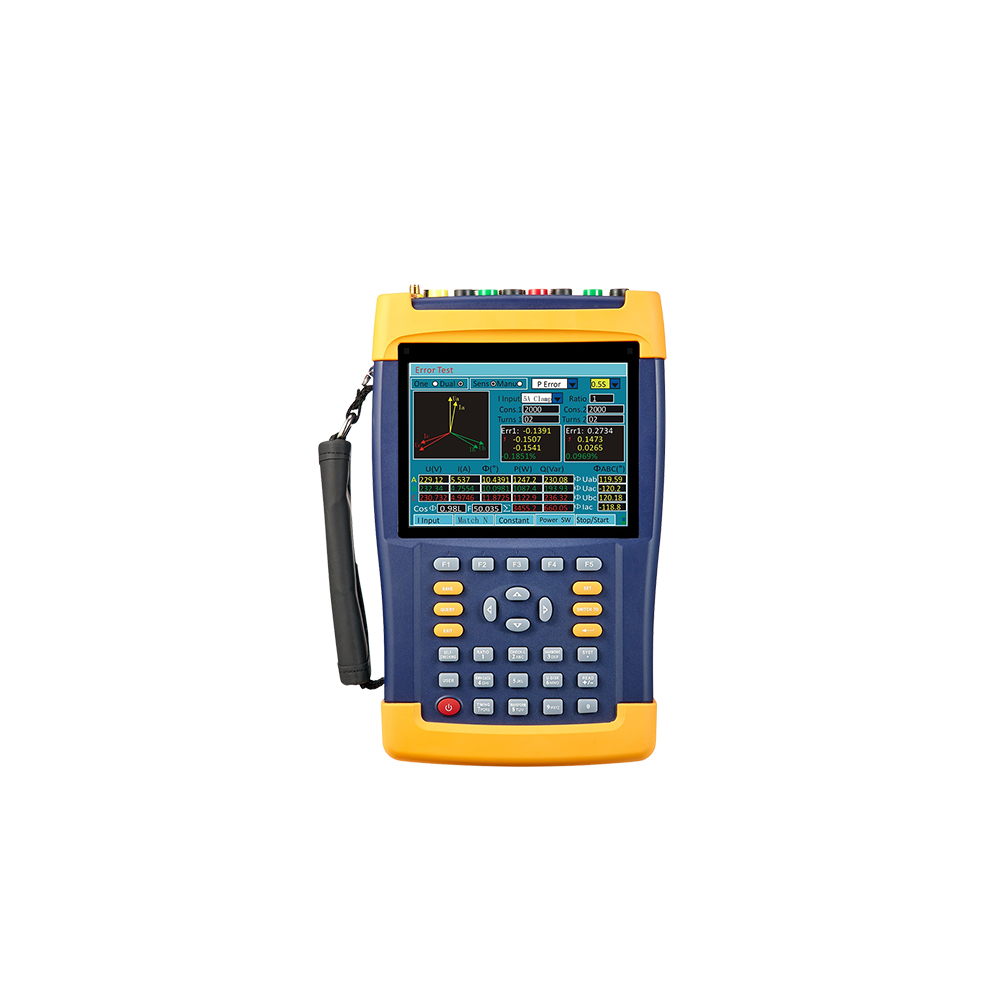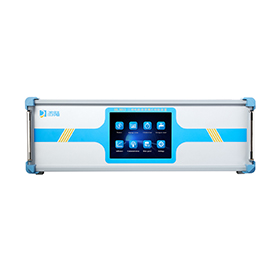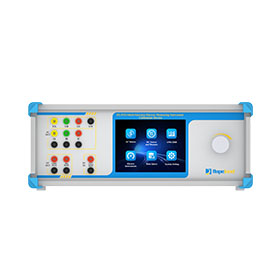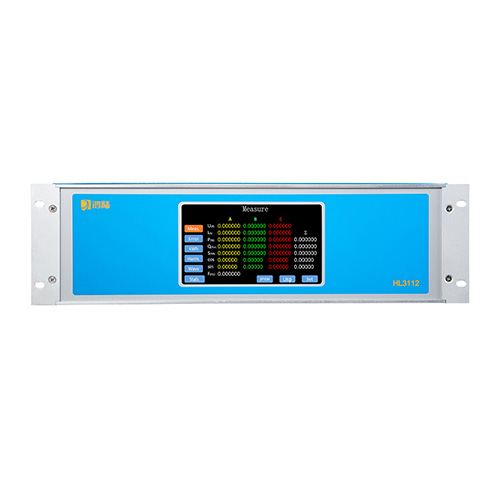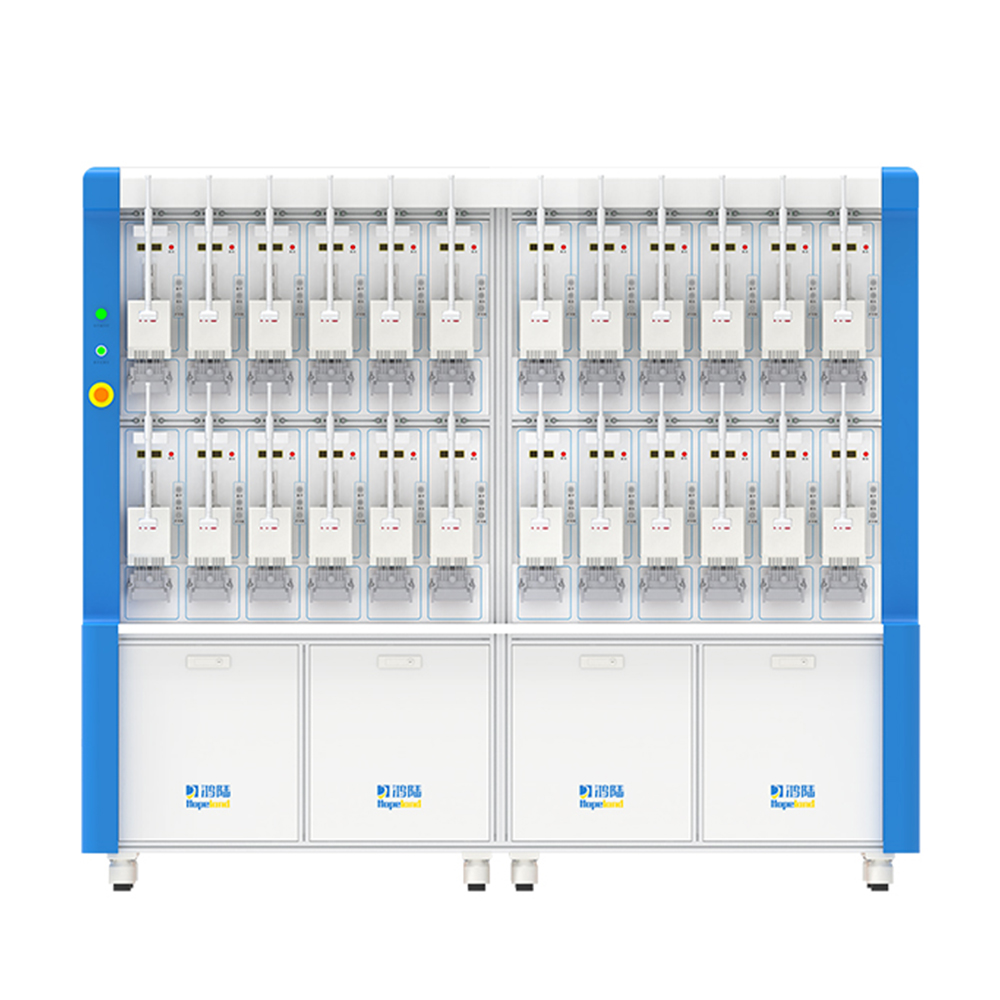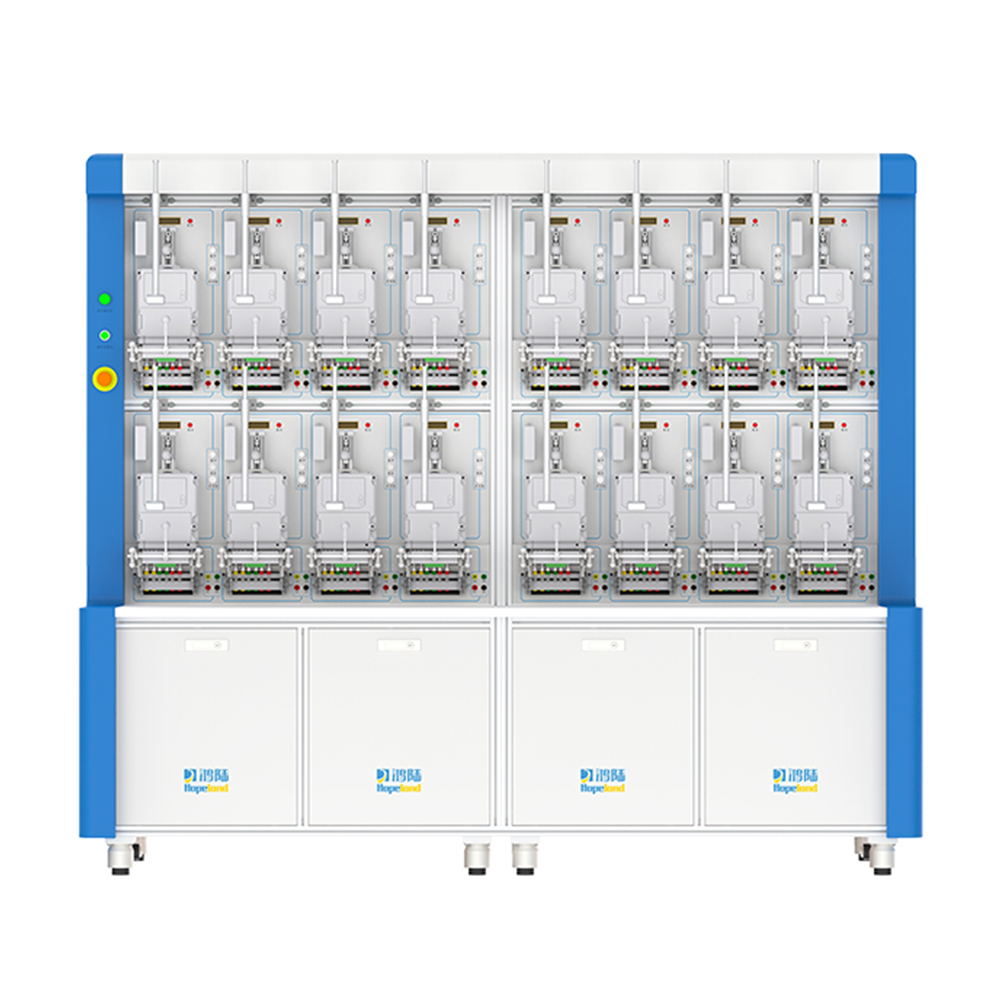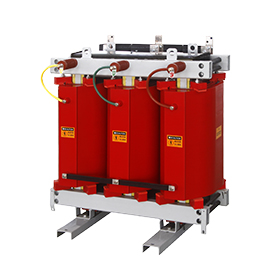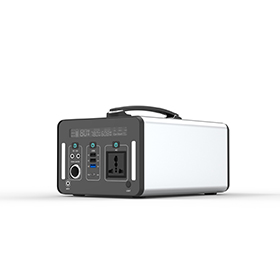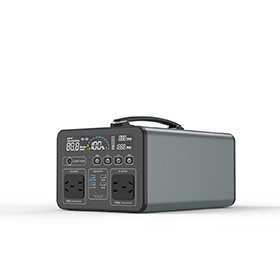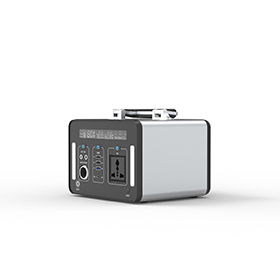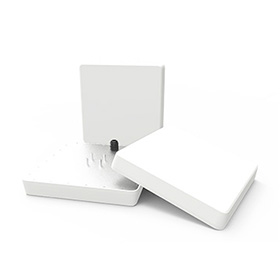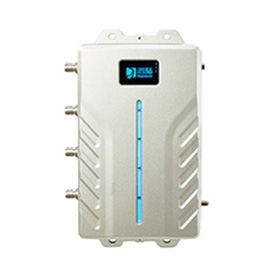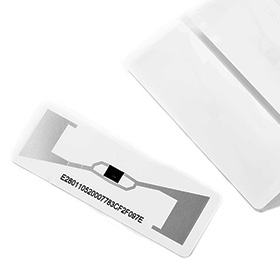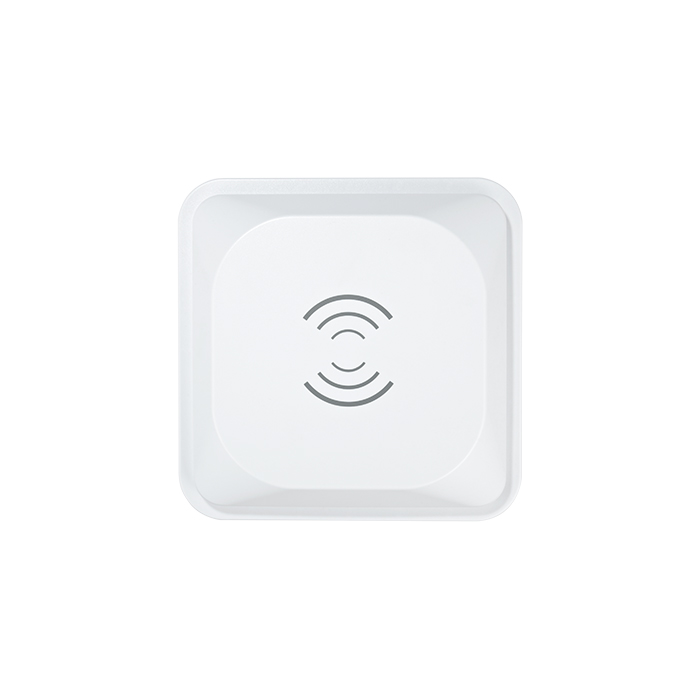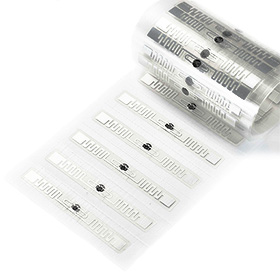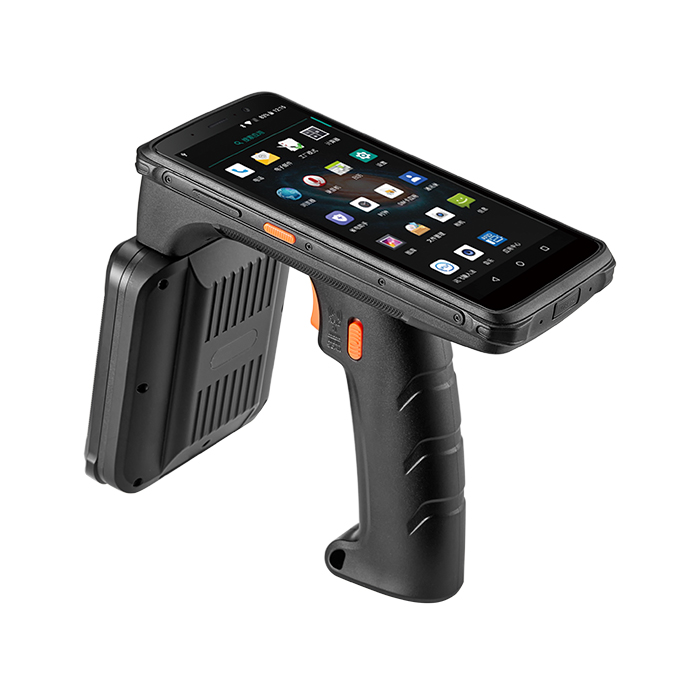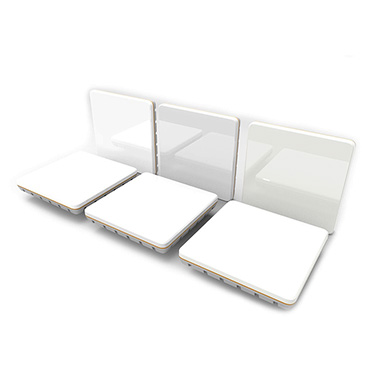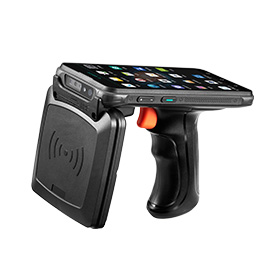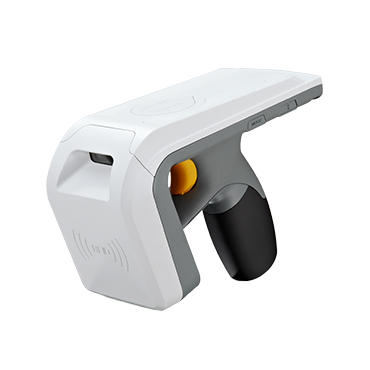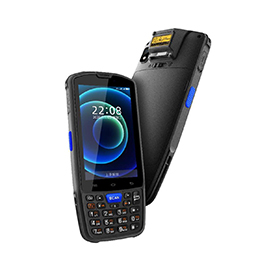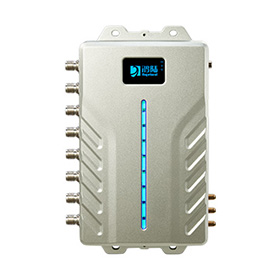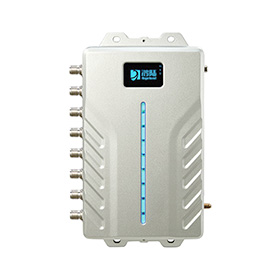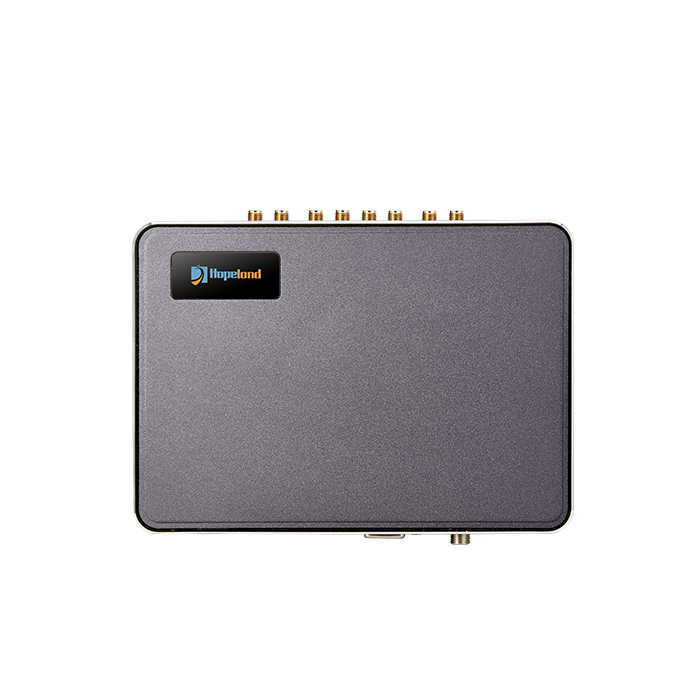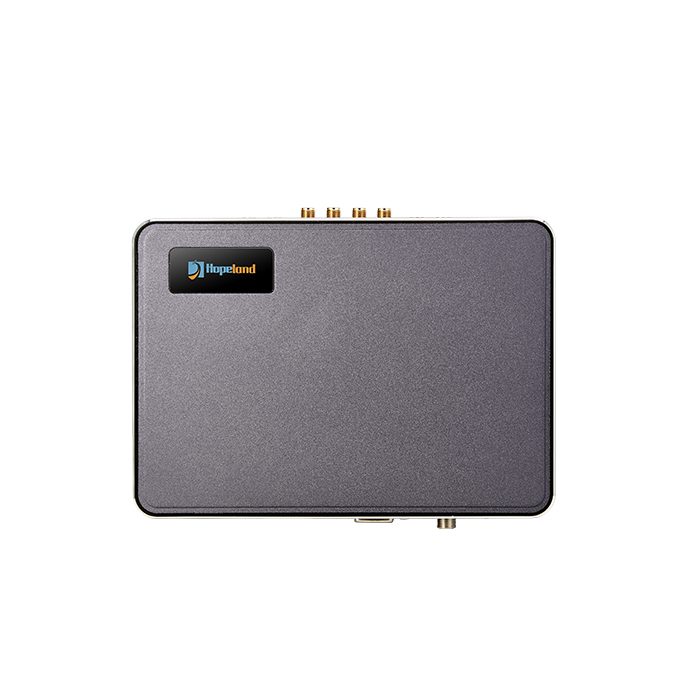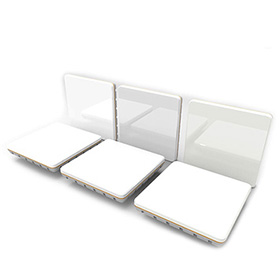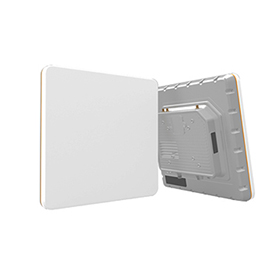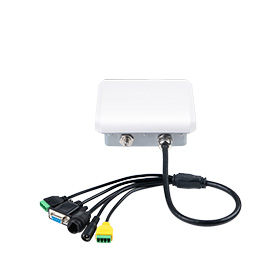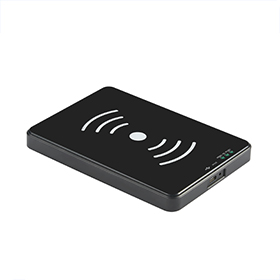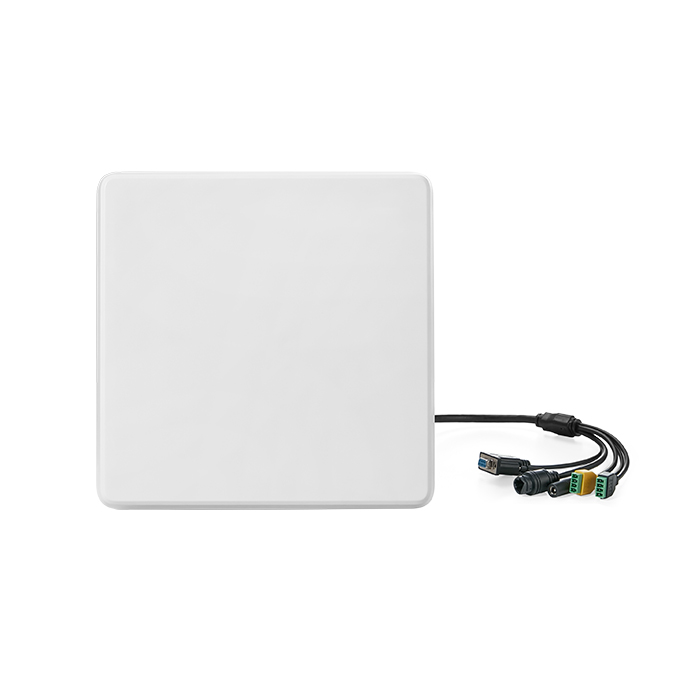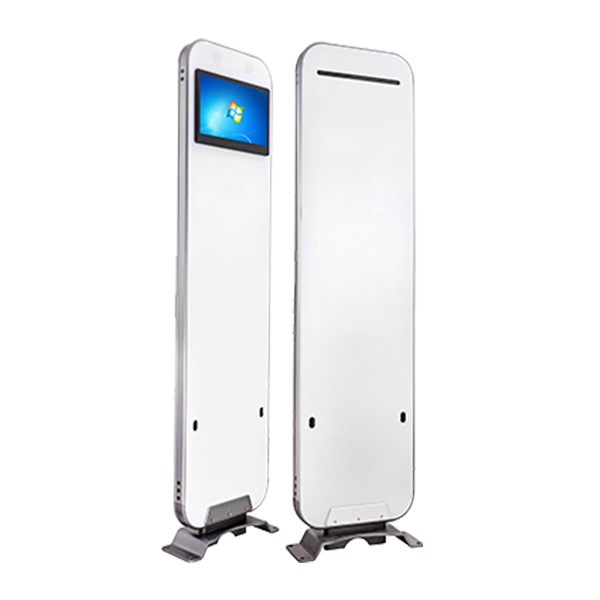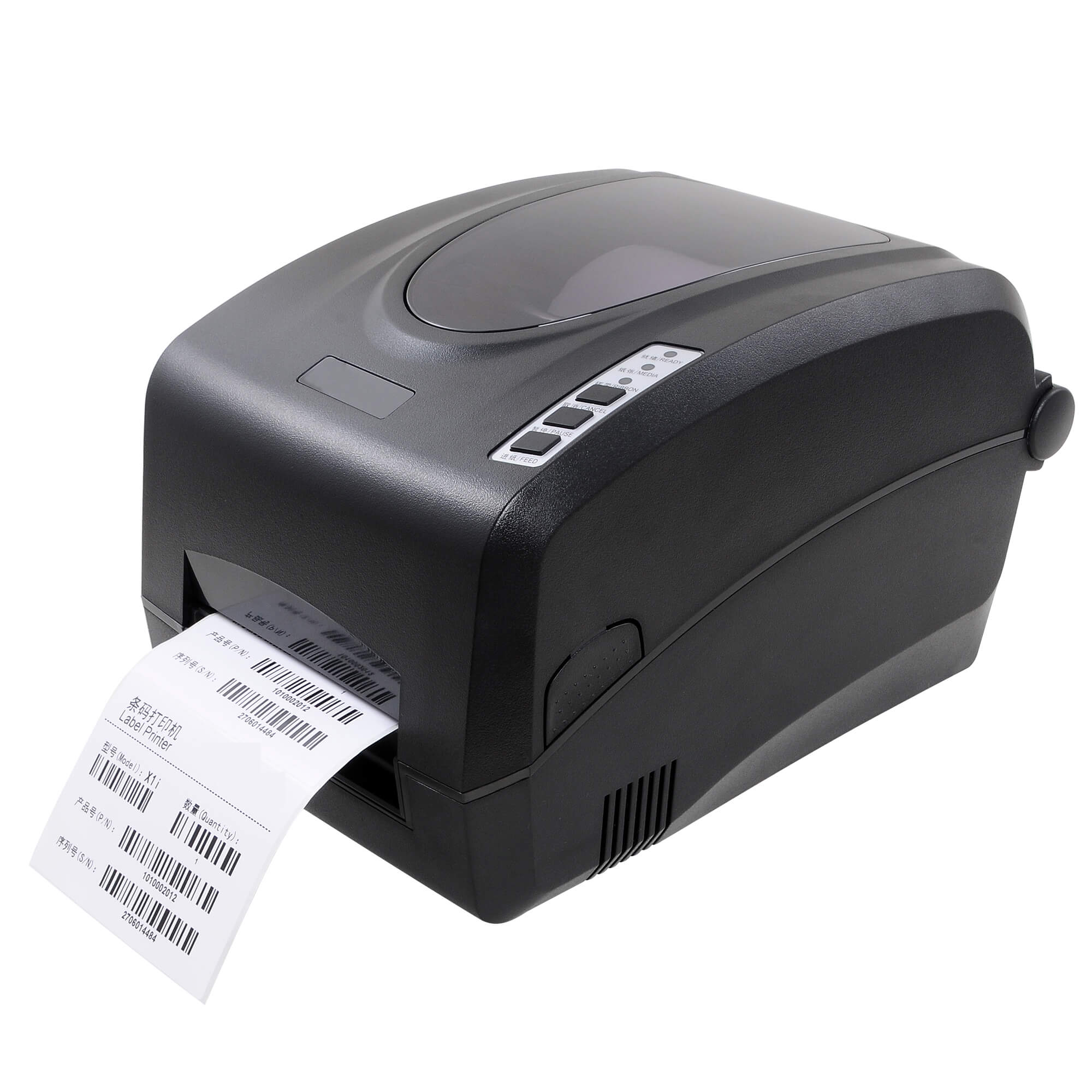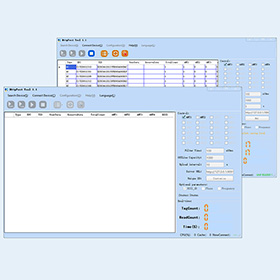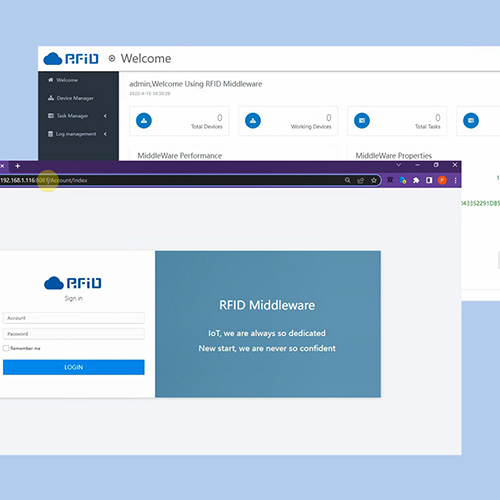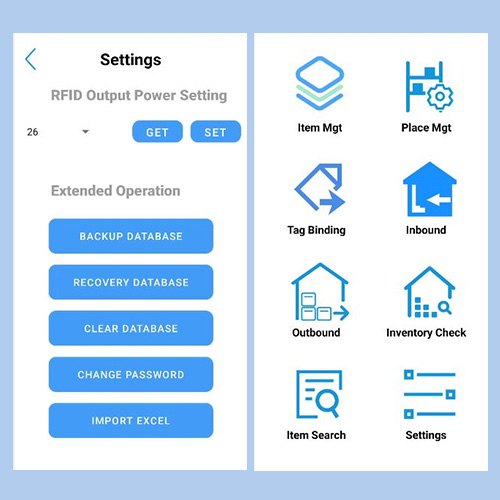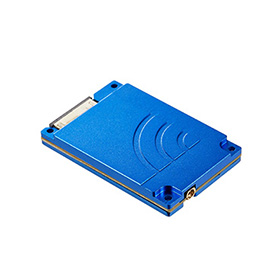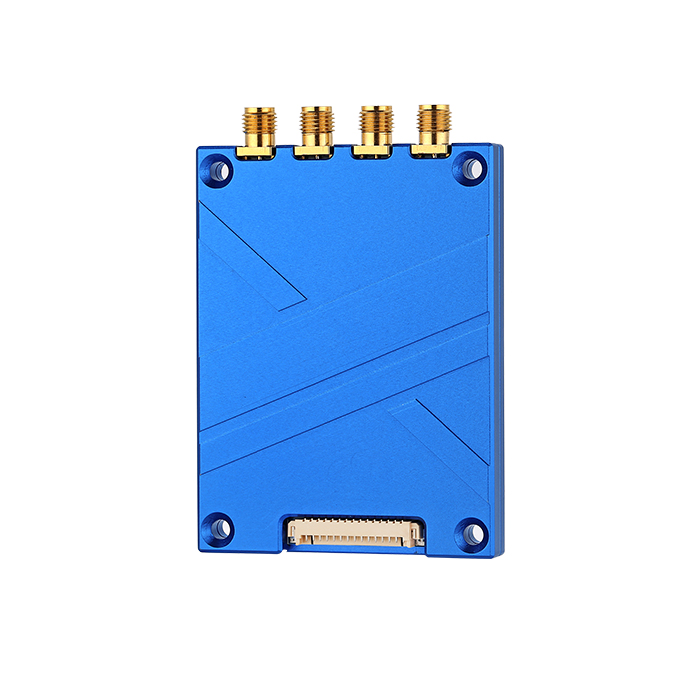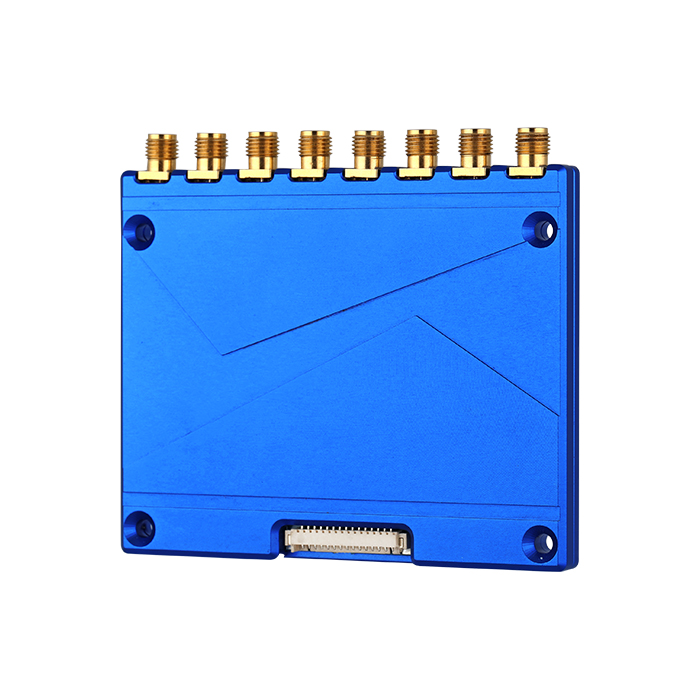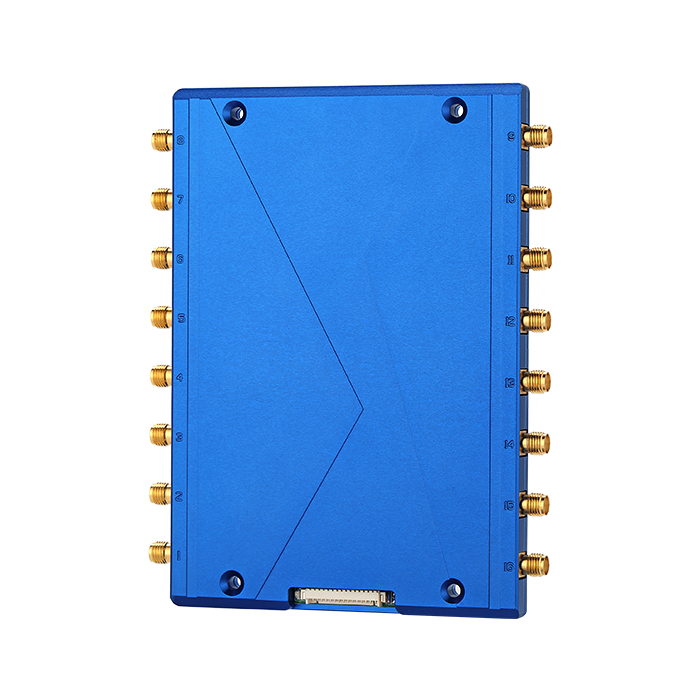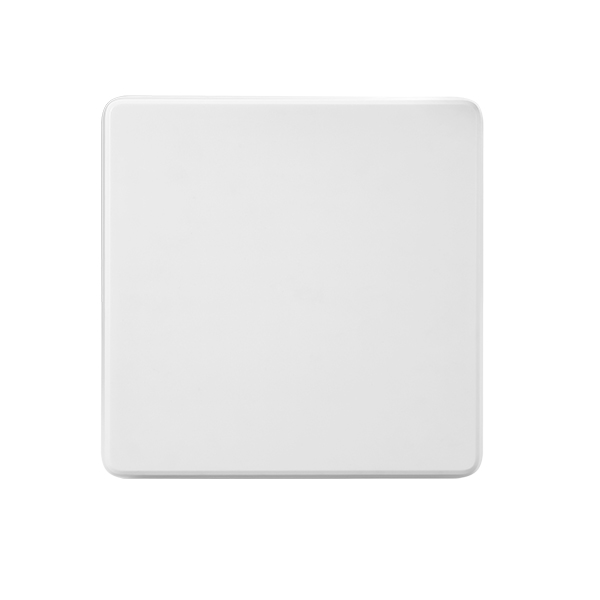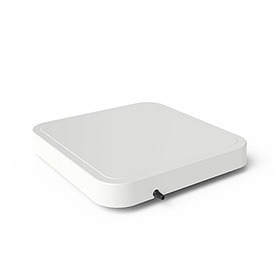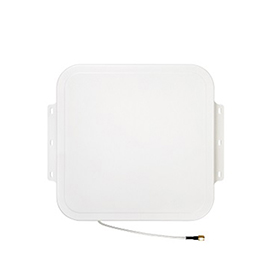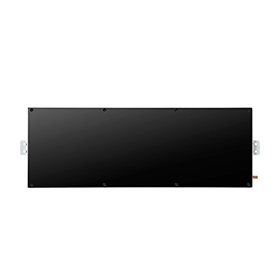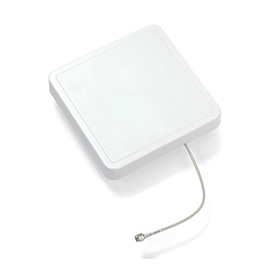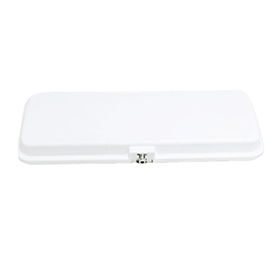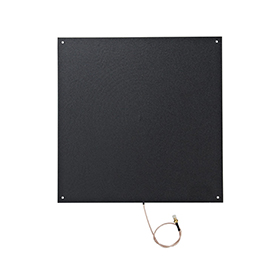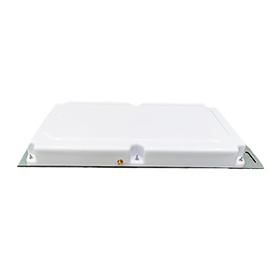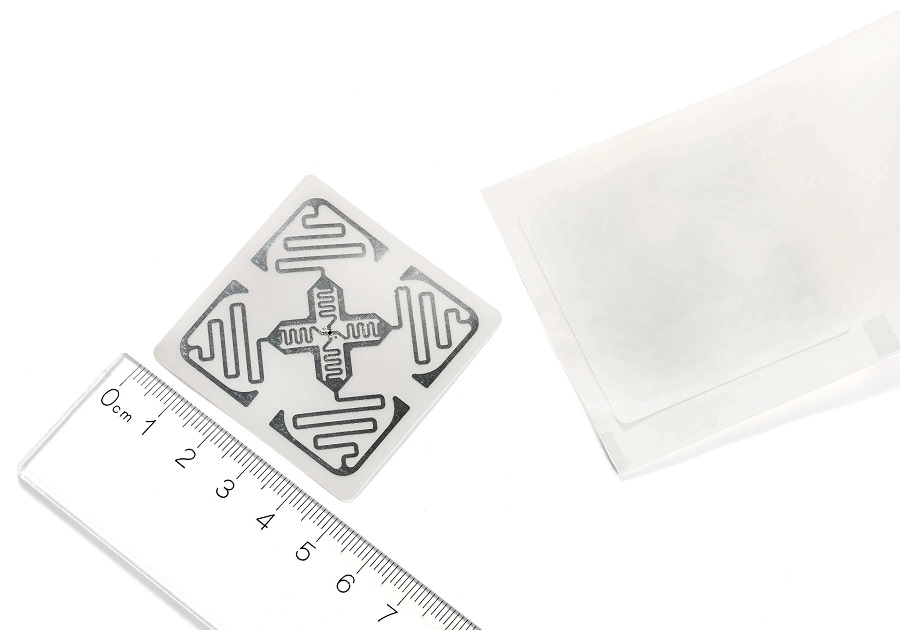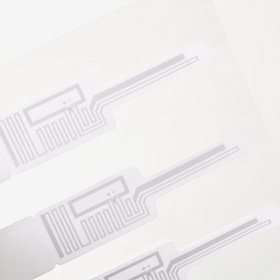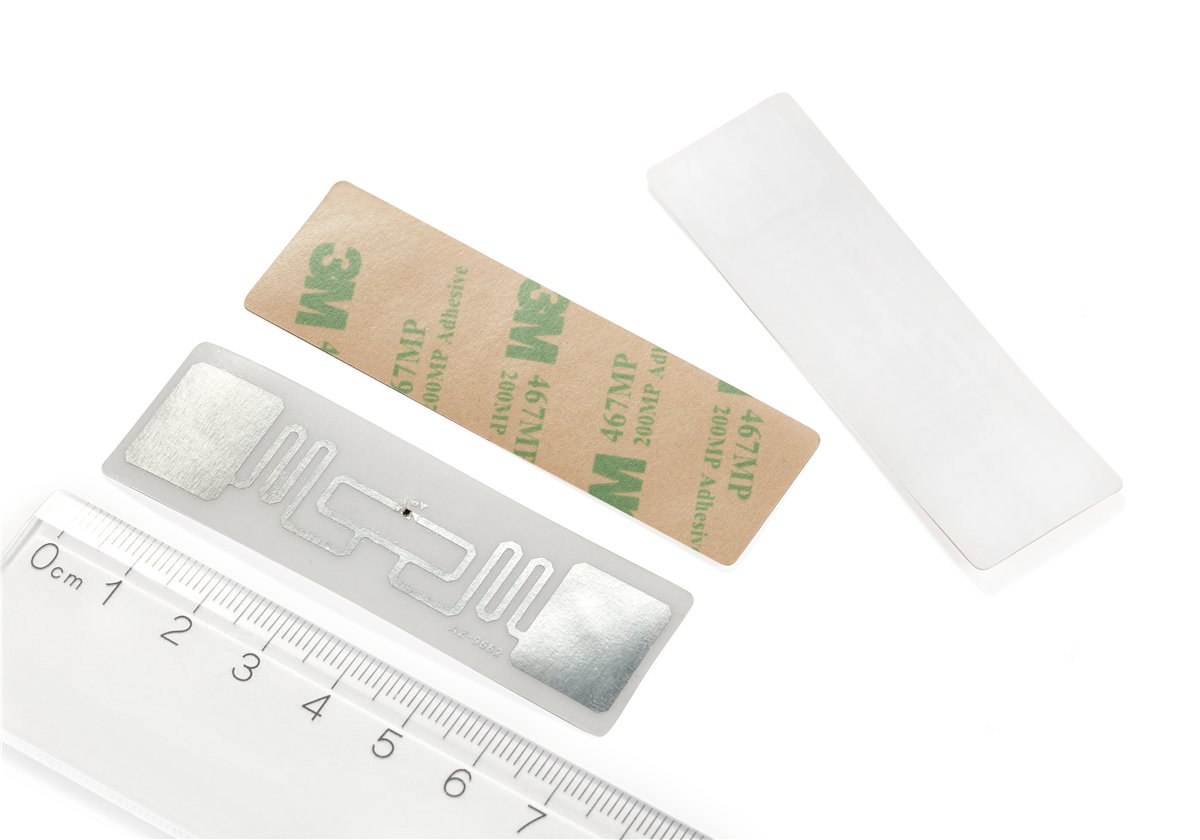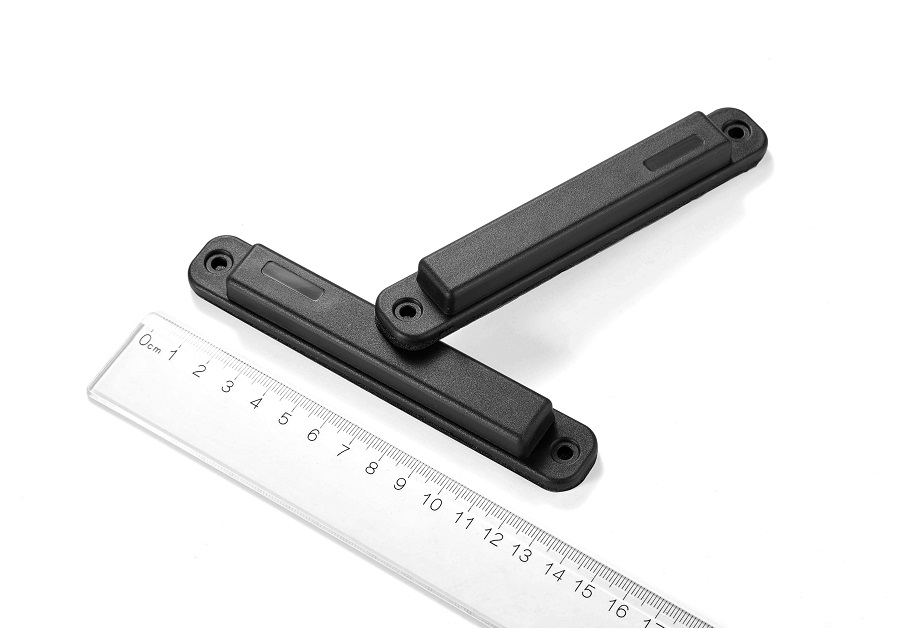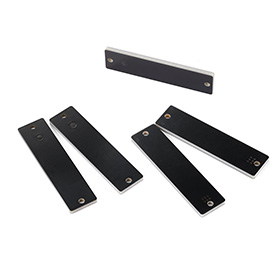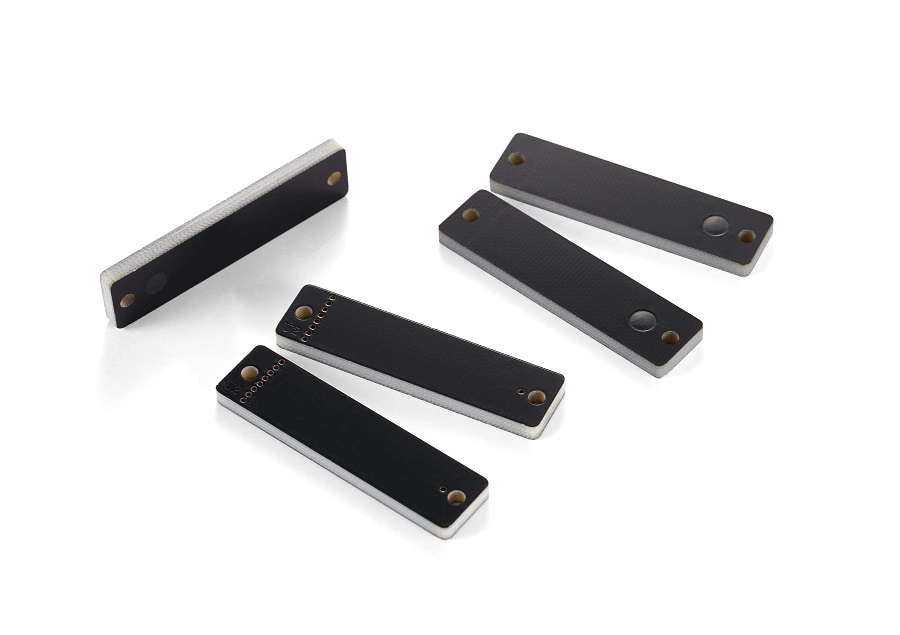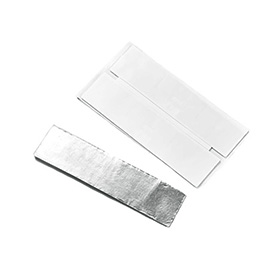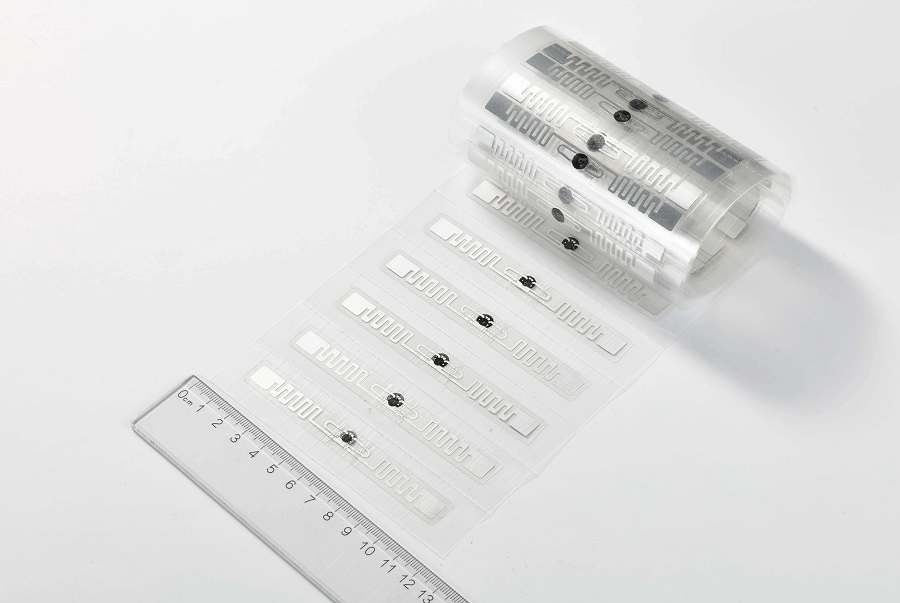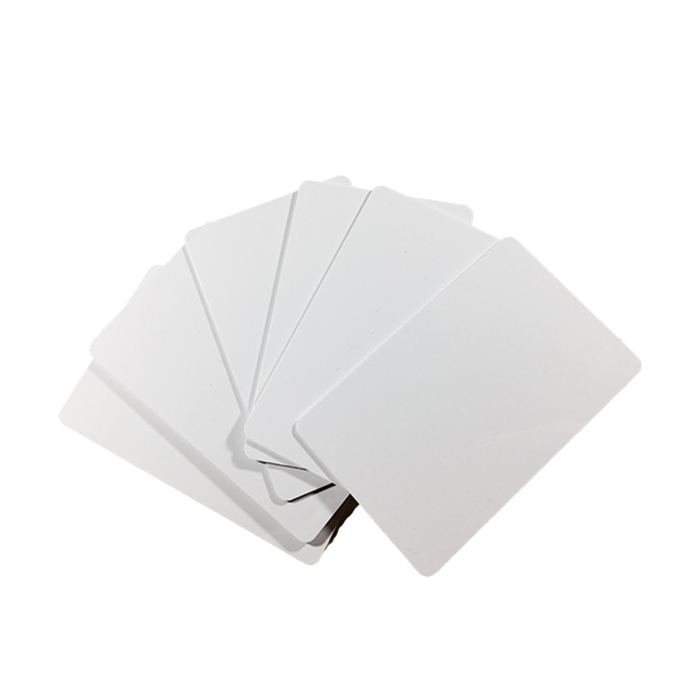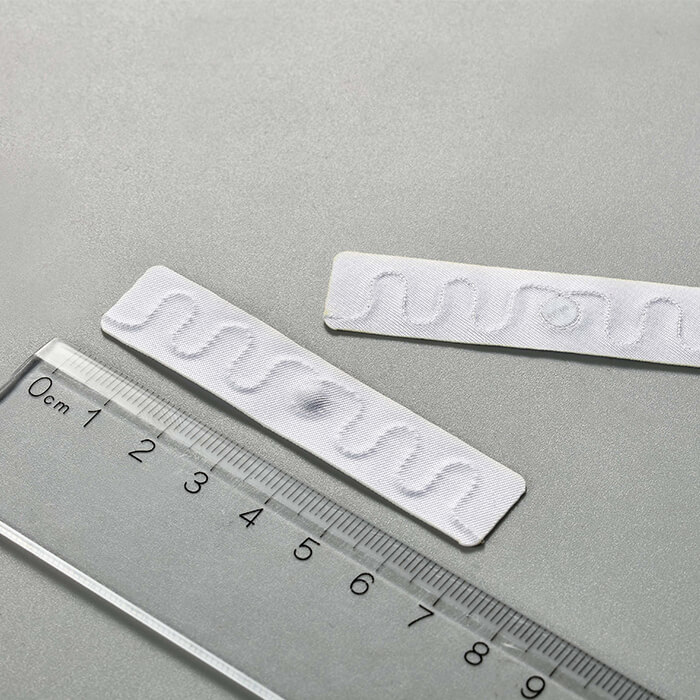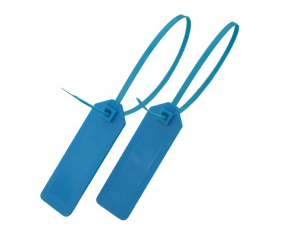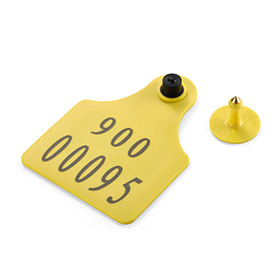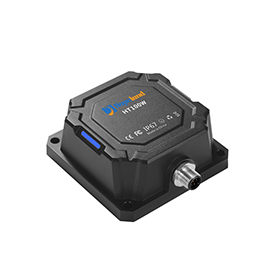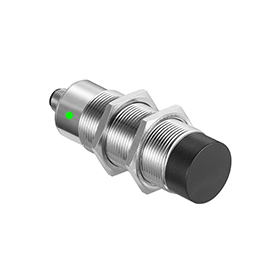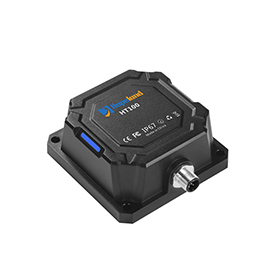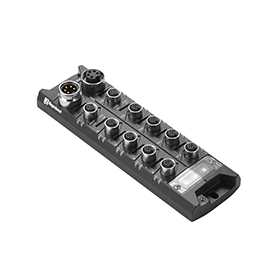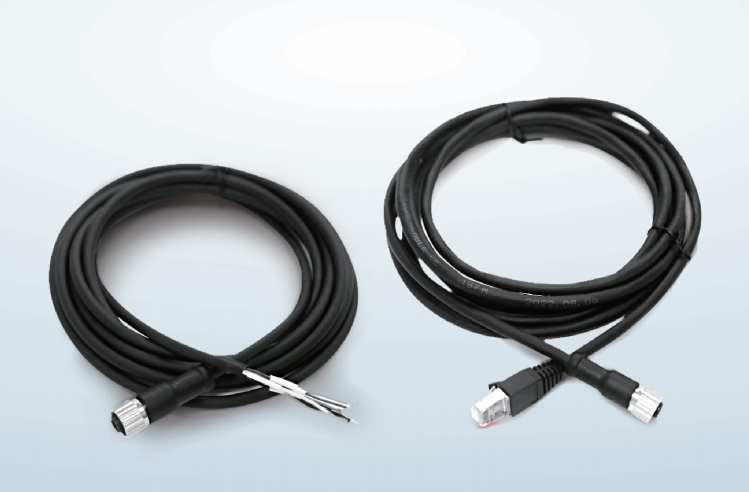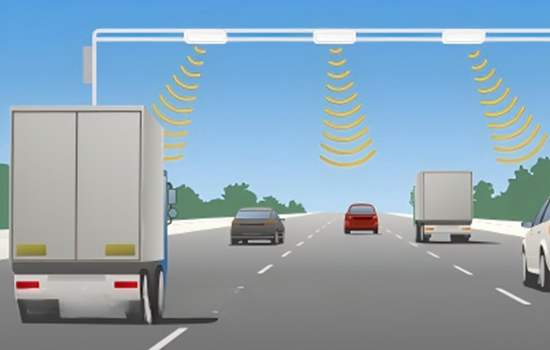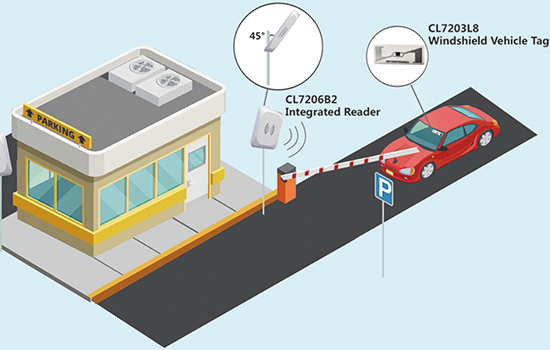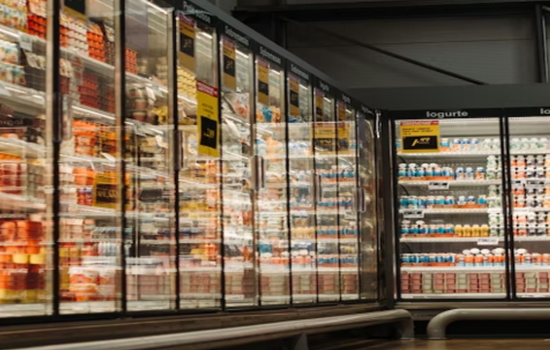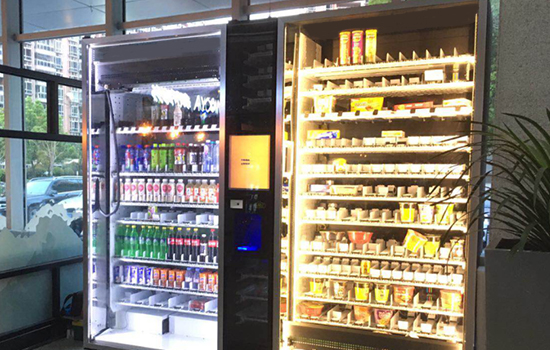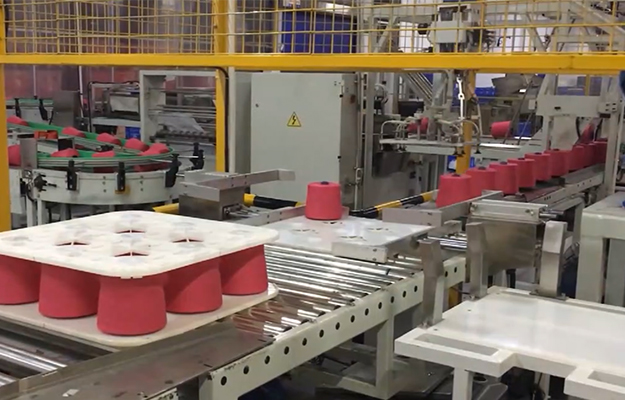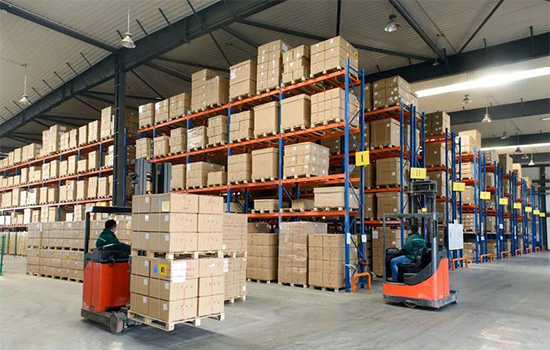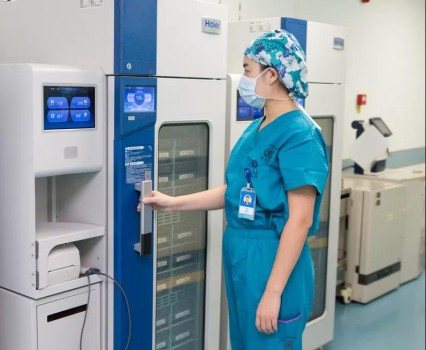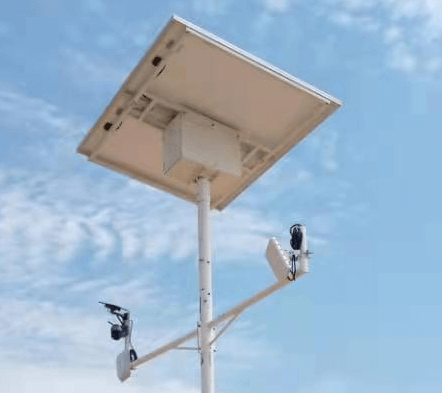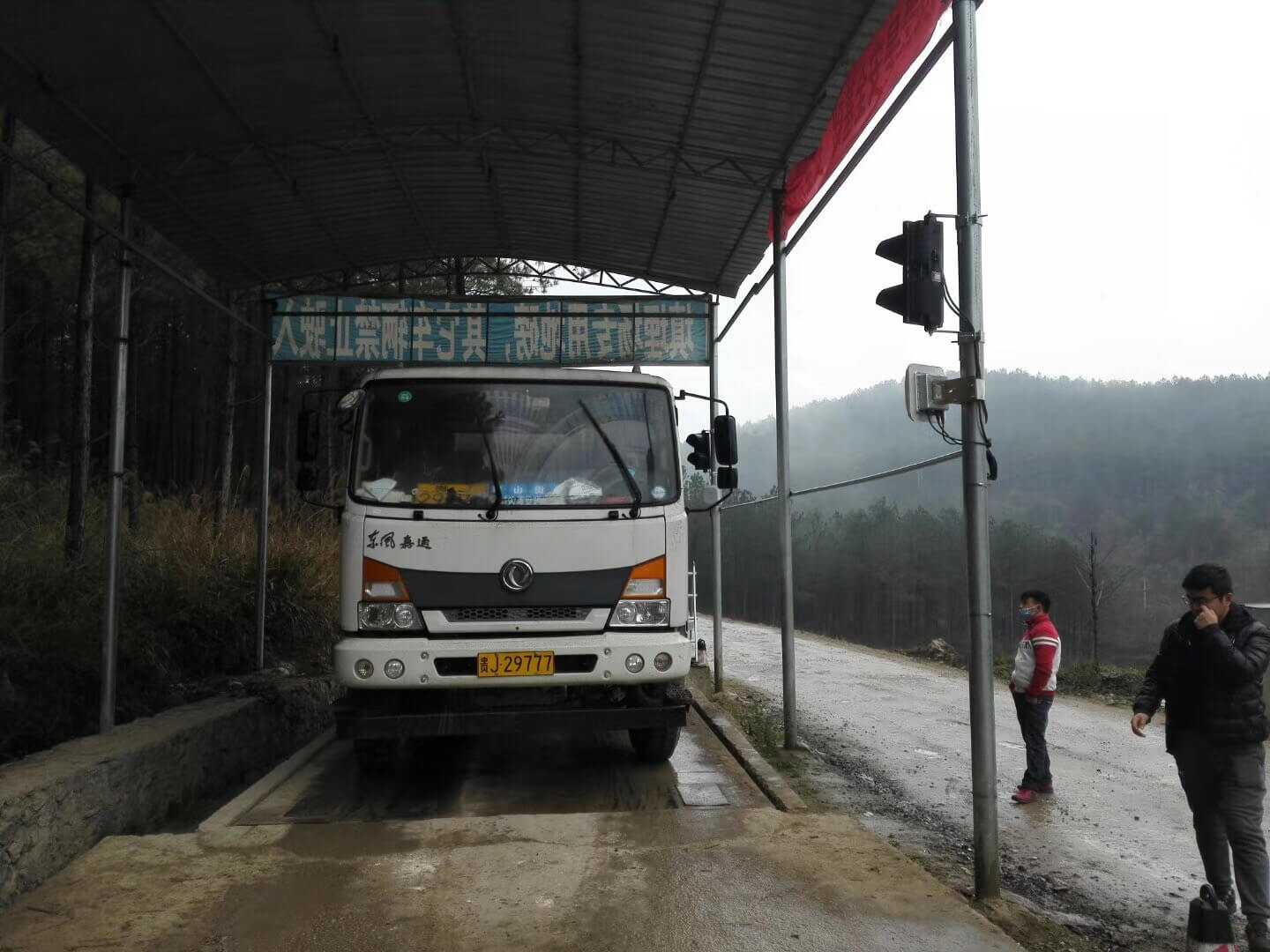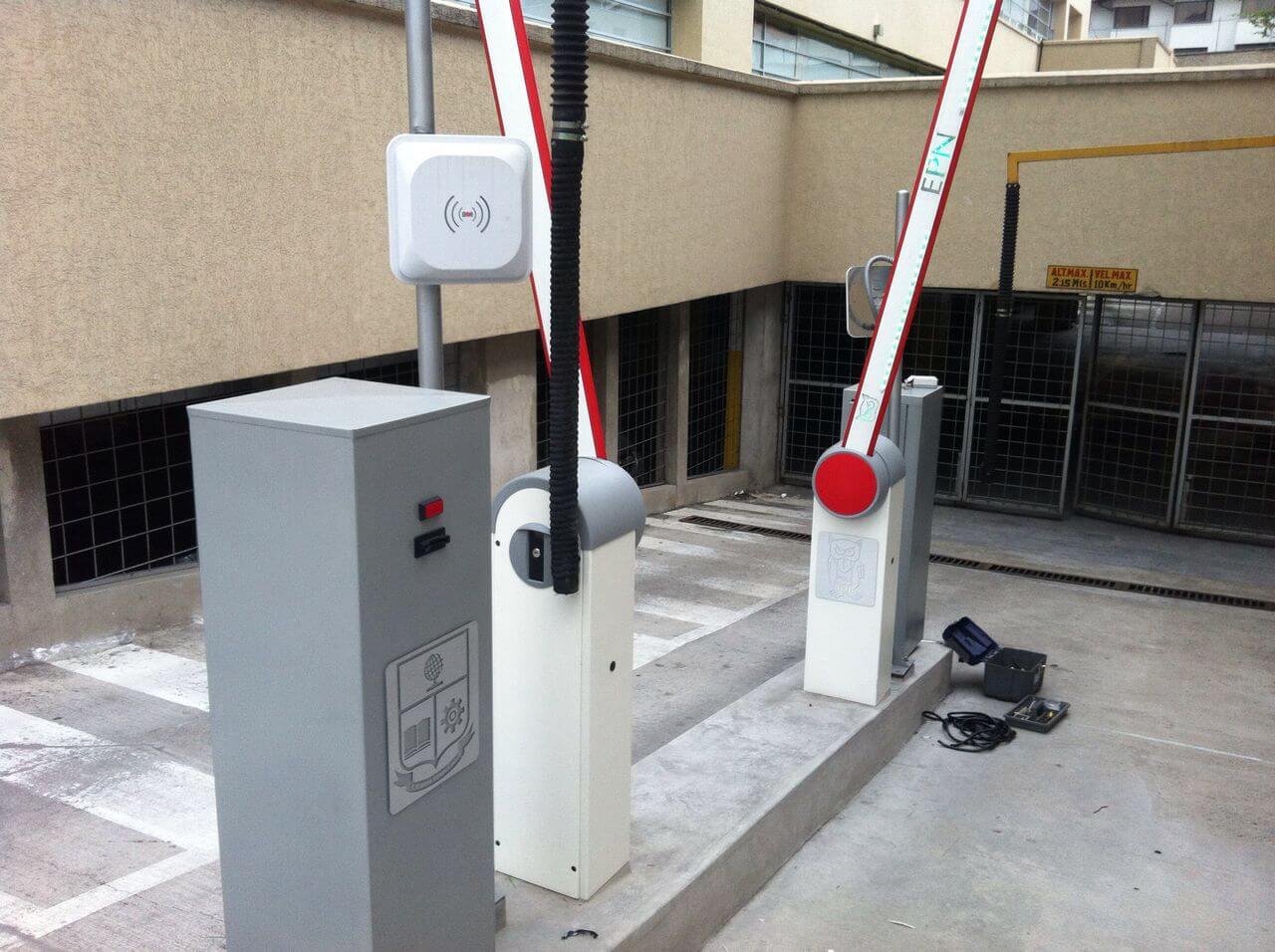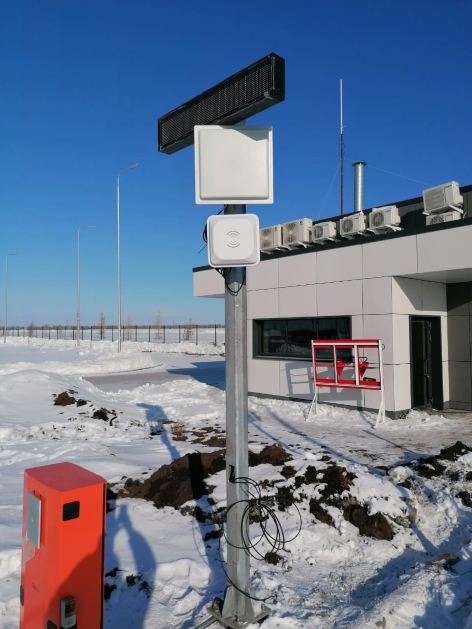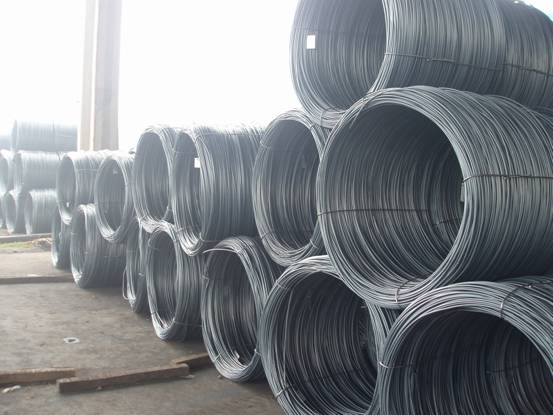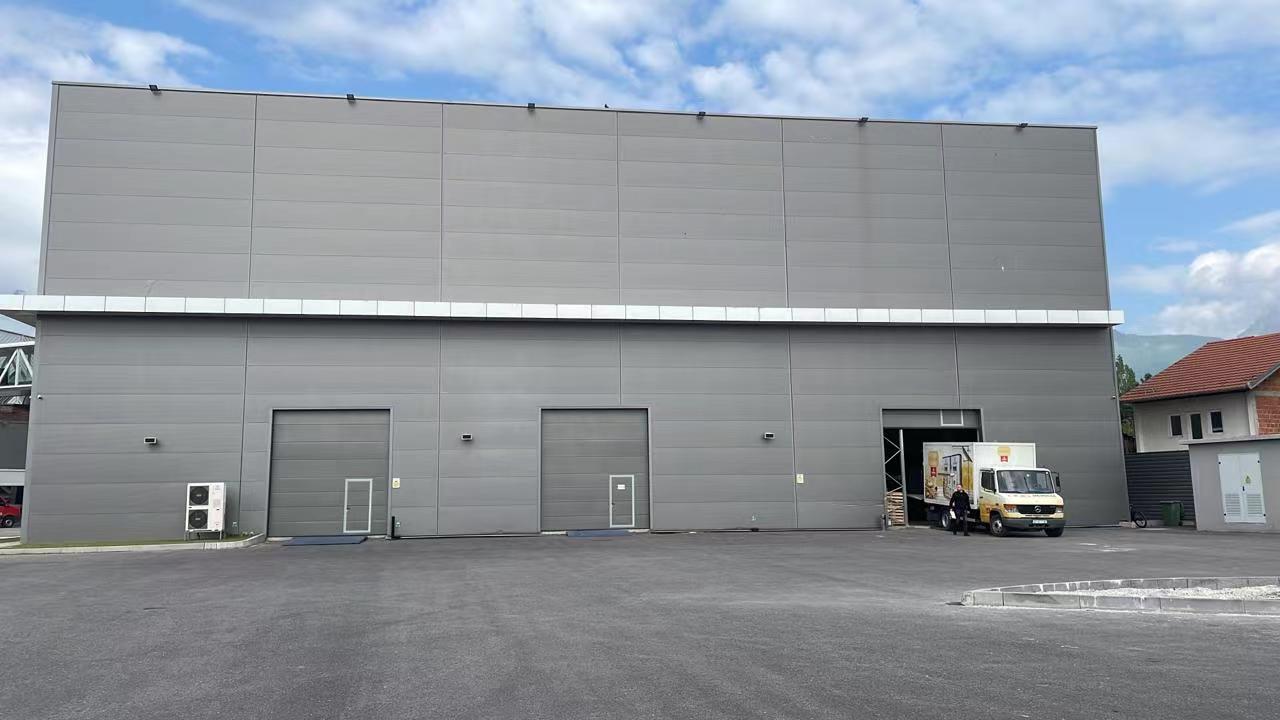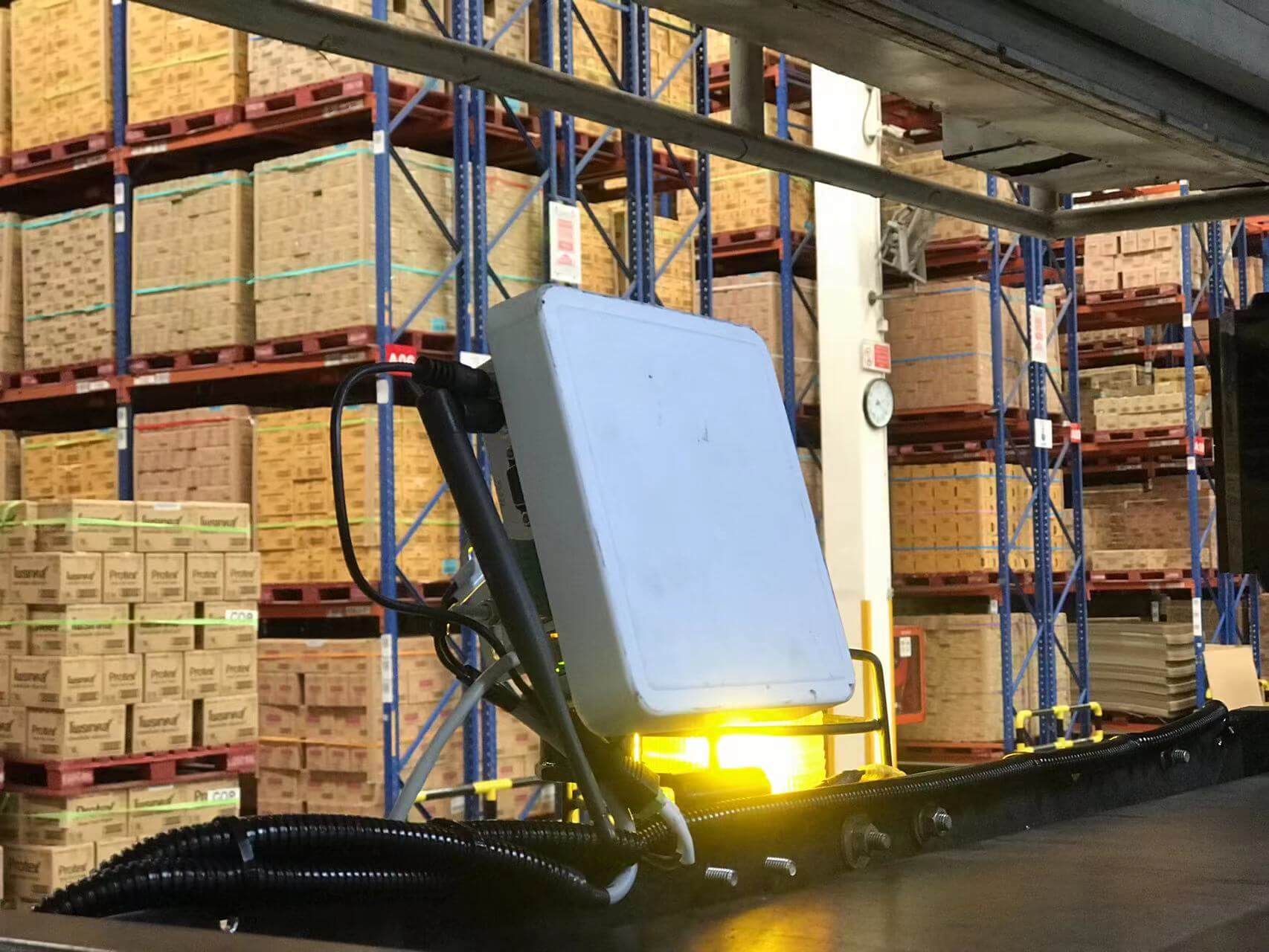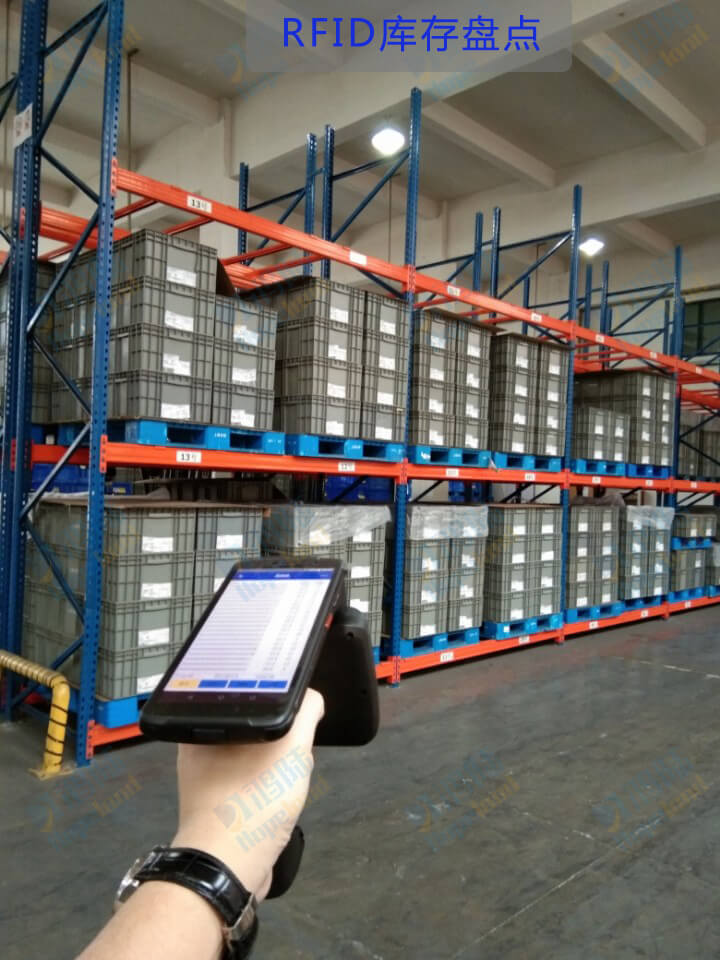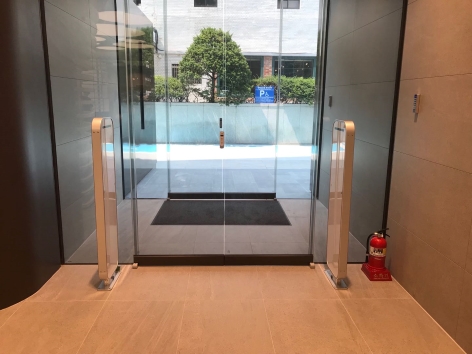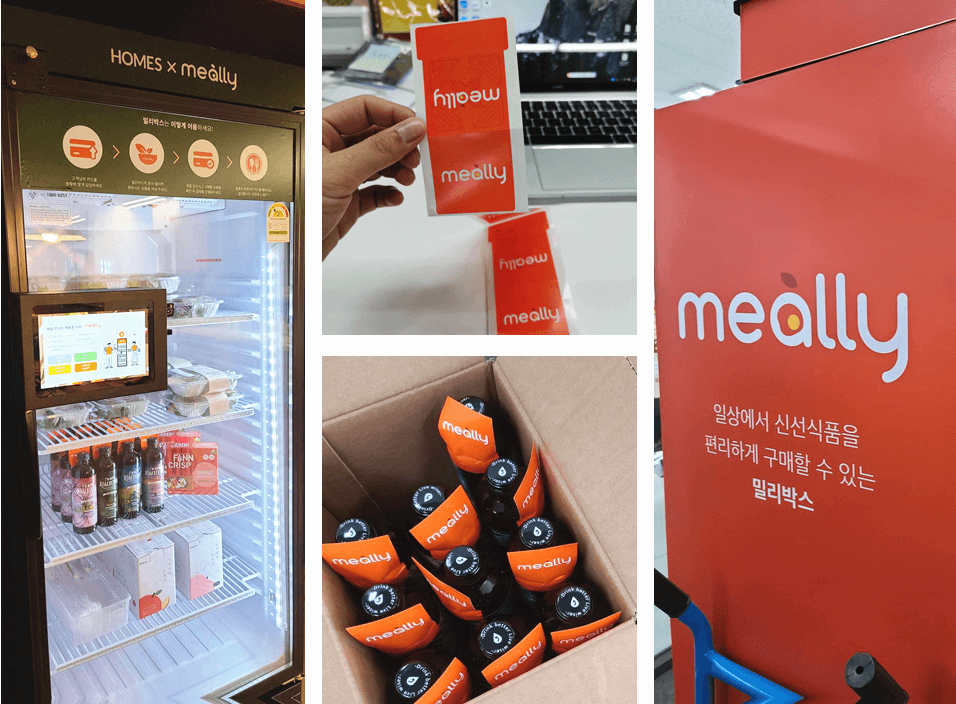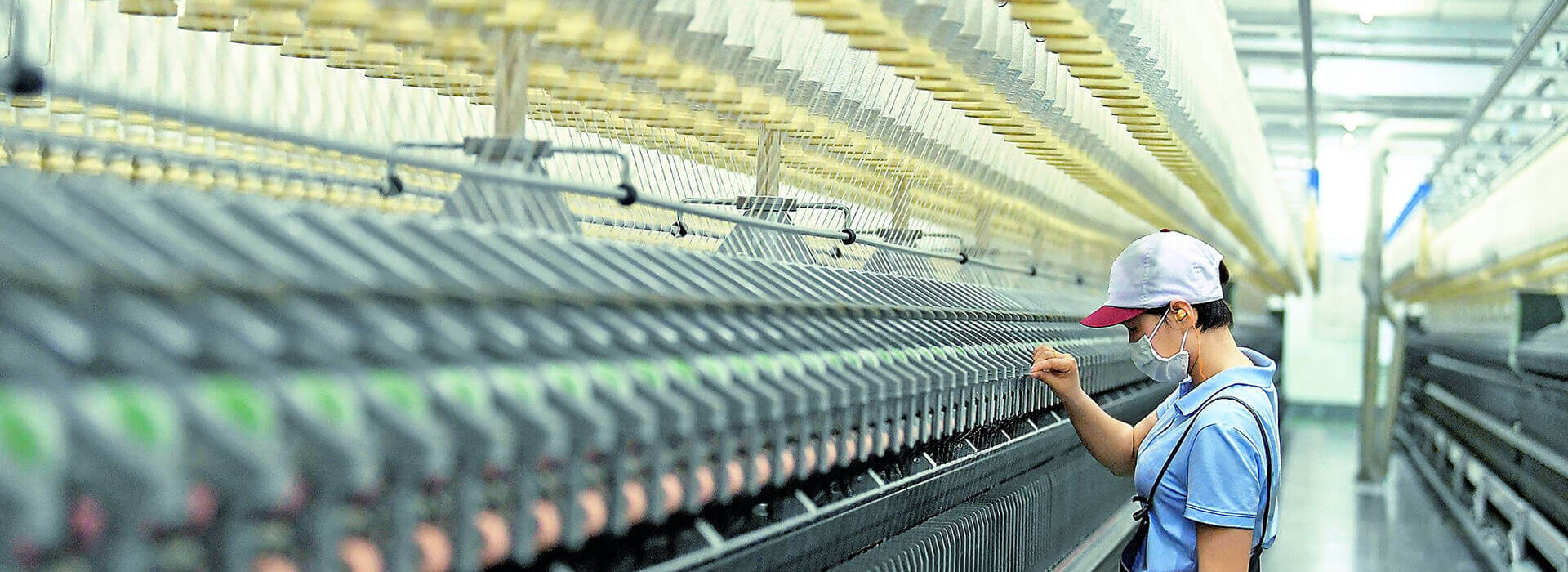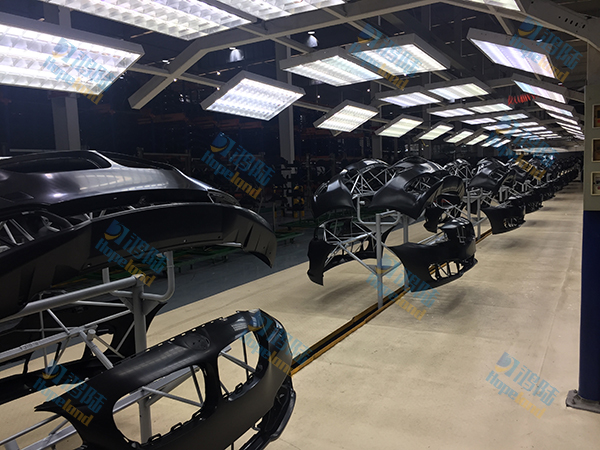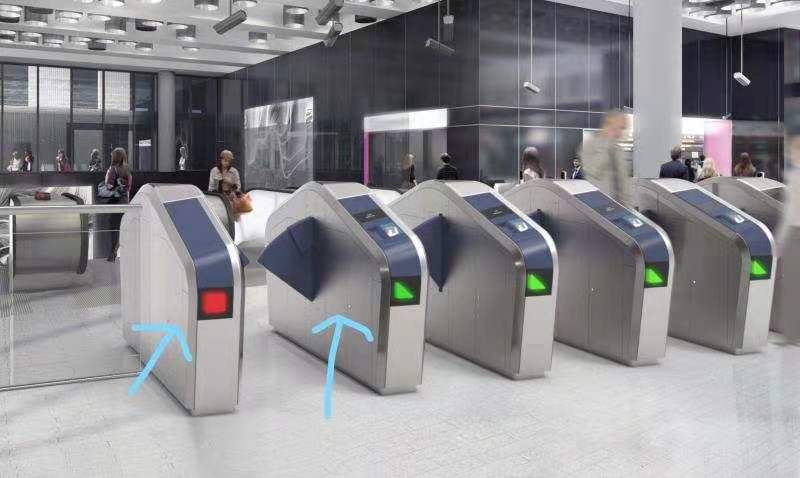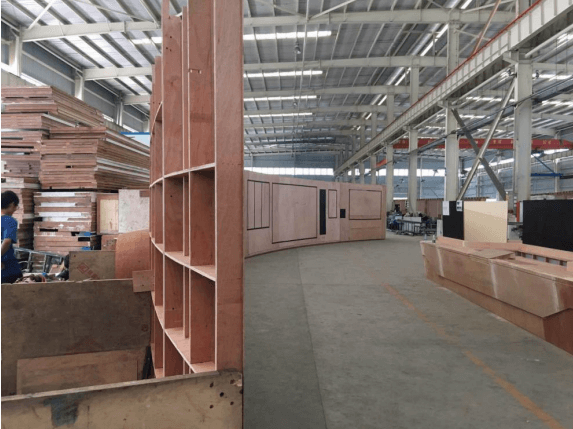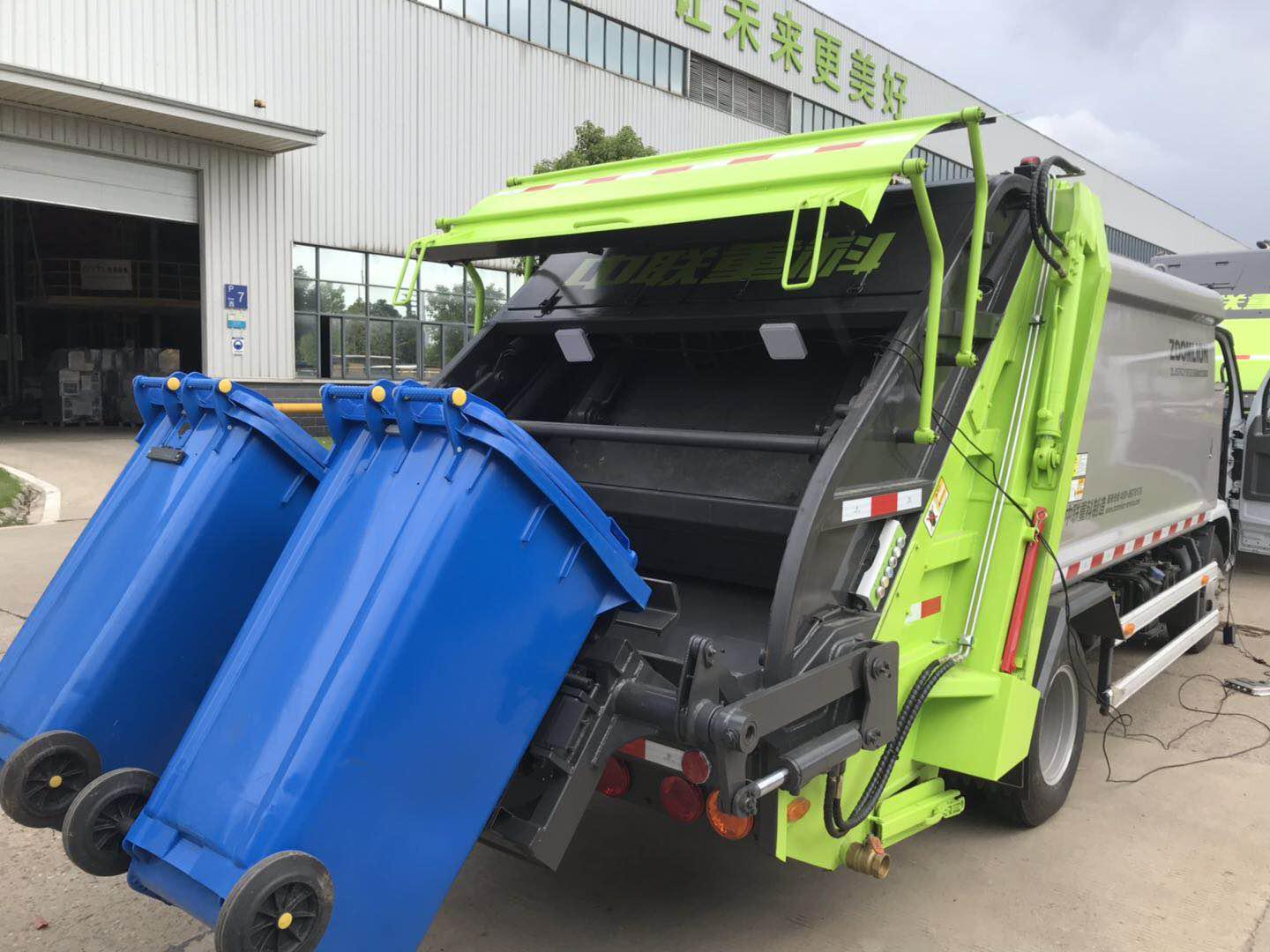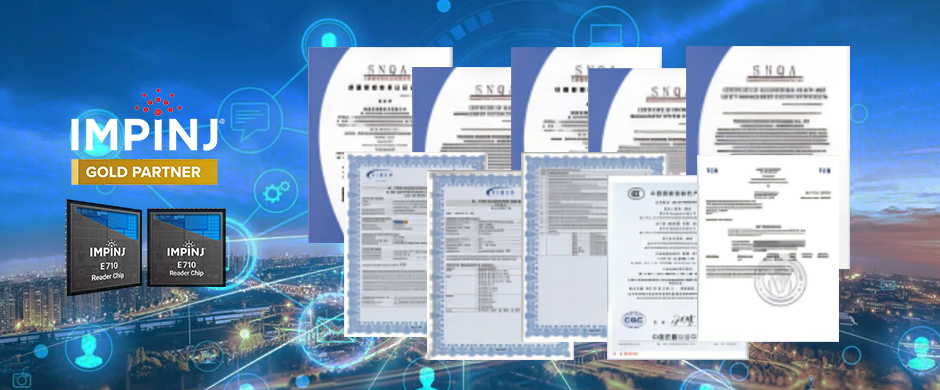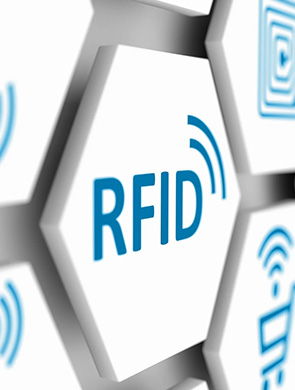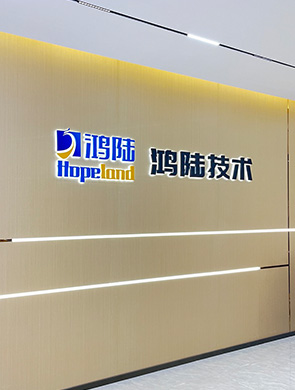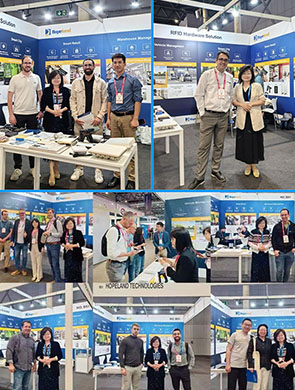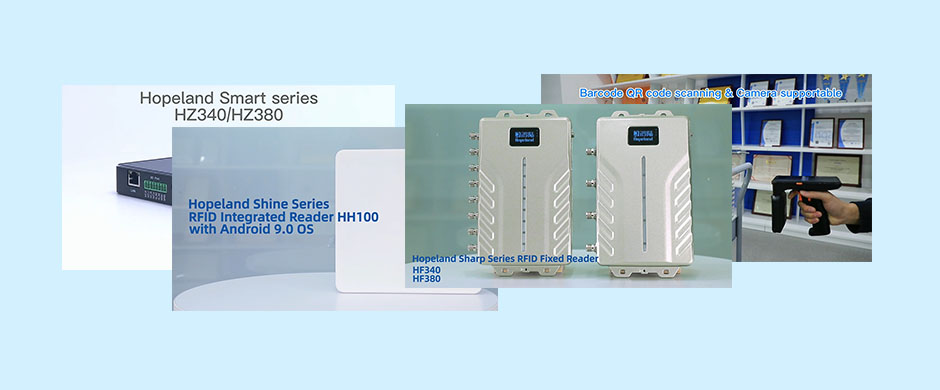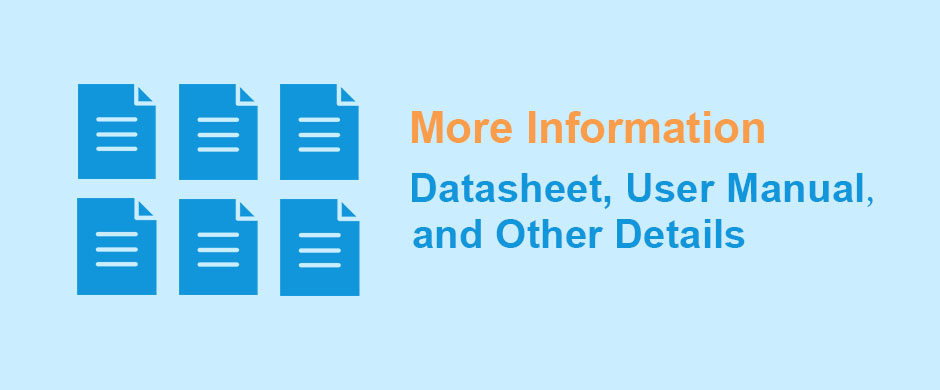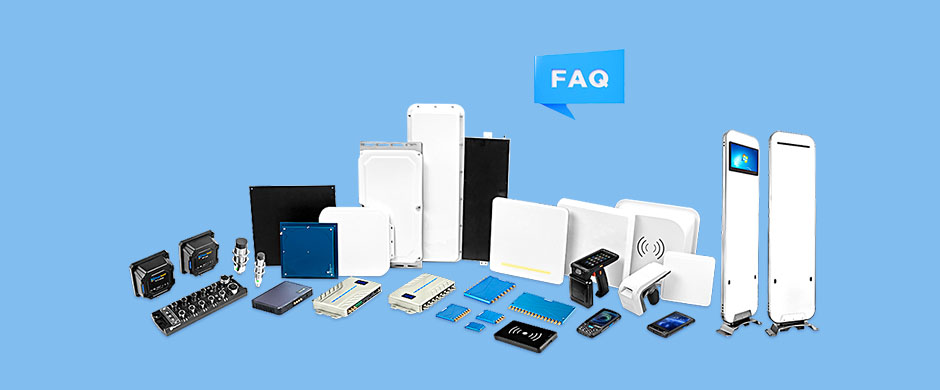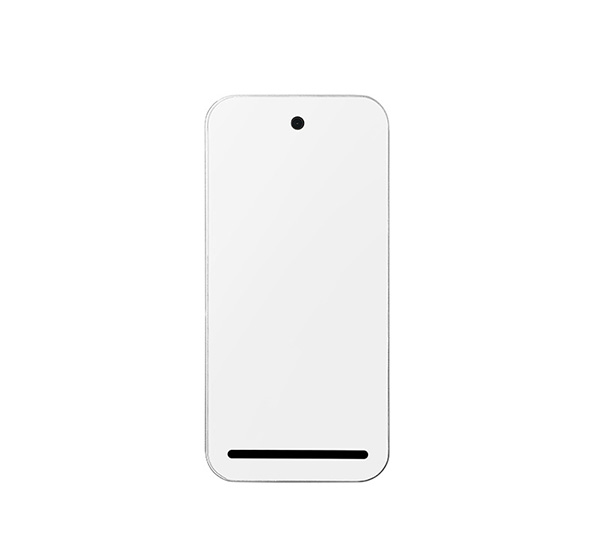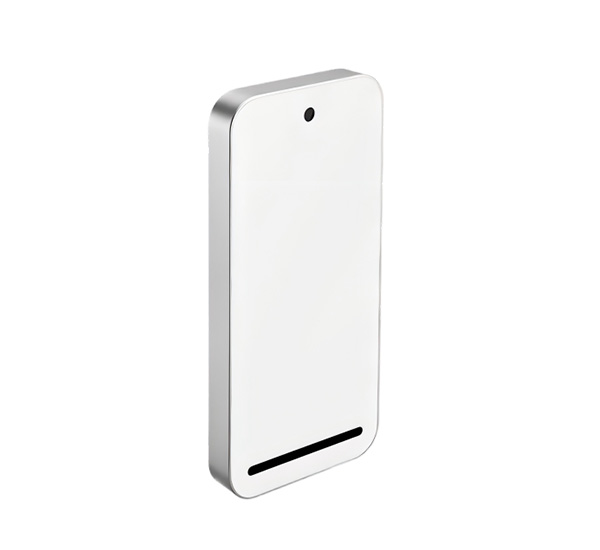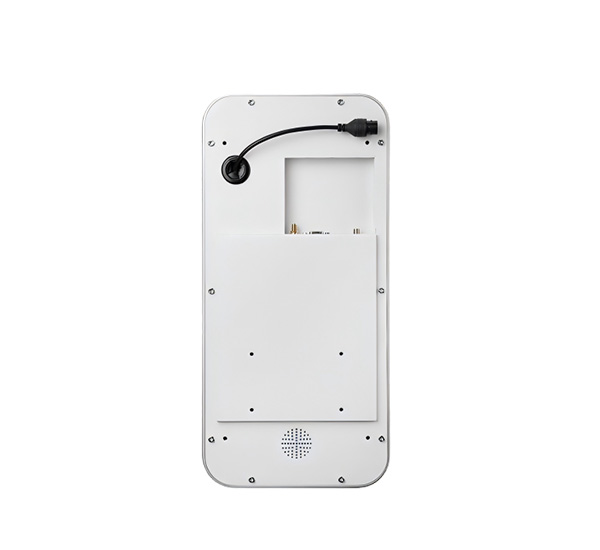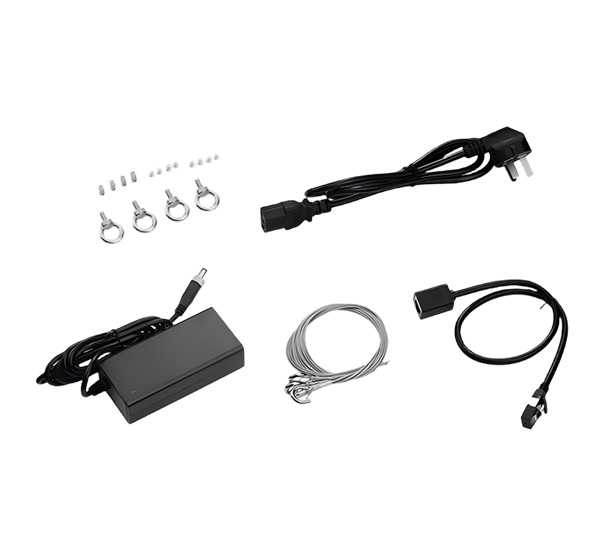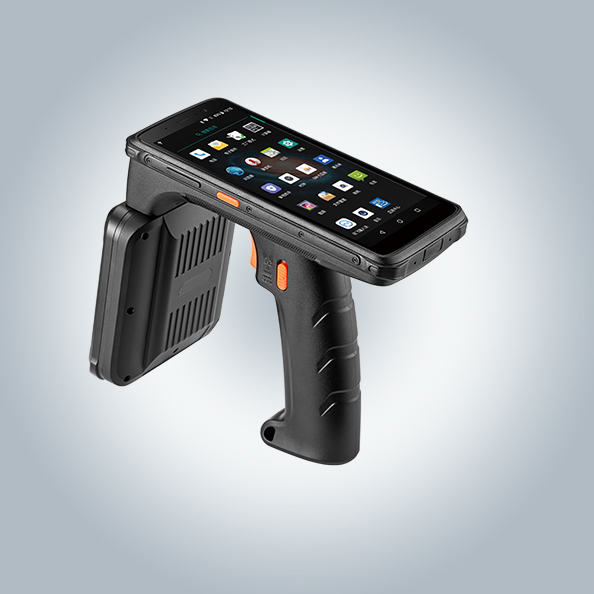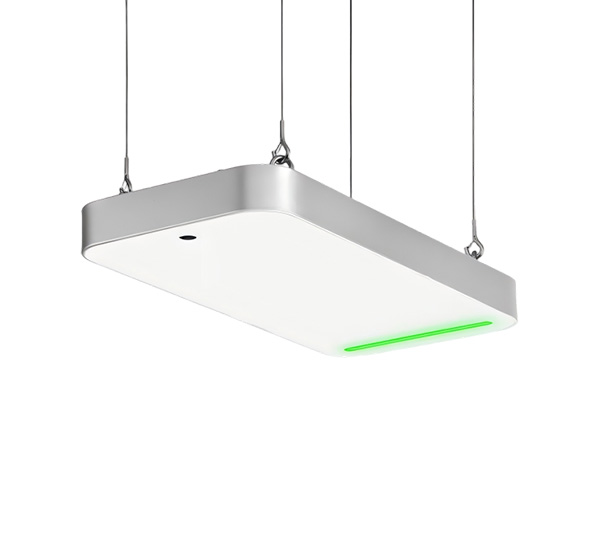
i320 Access Control Ceiling RFID Integrated Reader
Features
-
 Powered by Impinj E710 chipset and dual power amplifier synthesis technology for top-tier tag reading performance
Powered by Impinj E710 chipset and dual power amplifier synthesis technology for top-tier tag reading performance -
 Built-in Linux OS enables flexible application expansion
Built-in Linux OS enables flexible application expansion -
 Integrated alarm light and buzzer for instant, reliable security alerts
Integrated alarm light and buzzer for instant, reliable security alerts -
 Narrow-beam antenna design ensures accurate, blind-spot-free coverage across the access area
Narrow-beam antenna design ensures accurate, blind-spot-free coverage across the access area -
 Integrated high-performance camera supports personnel flow counting; installation height up to 3 meters
Integrated high-performance camera supports personnel flow counting; installation height up to 3 meters -
 Support antenna port detection, online firmware updates, RSSI, and tag data filtering
Support antenna port detection, online firmware updates, RSSI, and tag data filtering
Highlights
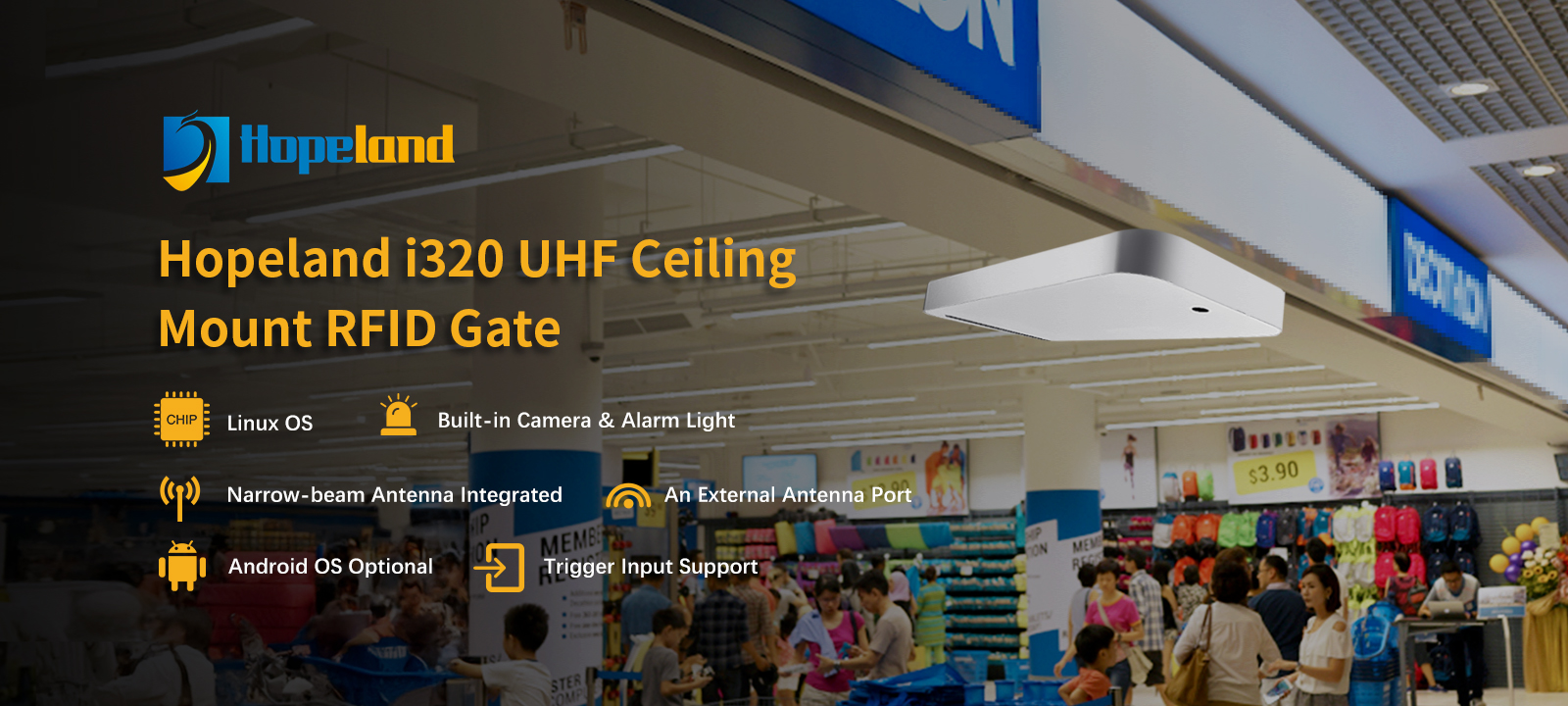

Specifications
-
Main Functions
Air Interface Protocol Supports ISO18000-6C/EPC C1G2 Operating Mode Fixed Frequency / Frequency Hopping Optional Key Features Built-in Linux / Android 9.0 OS (optional);
POE power supply (optional);
Anti-collision protocol with strong multi-tag identification;
Supports dense reader mode;
Supports antenna detection;
Supports online firmware updates;
Supports tag data filtering;
Supports RSSI for signal strength indication. -
RFID Characteristics
RFID CHARACTERISTICS CHN,920MHz~925 MHz FCC,902MHz~928 MHz
ETSI,865MHz~868 MHz JPN,916MHz~920 MHzRF Output Power 35dBm±1dB (MAX) Output Power Adjustment 1 dB step Channel Bandwidth <200 kHz Frequency Stability ≤±10 ppm Antenna 1 built-in Narrow-beam antenna (> 8 dBic), and 1 SMA port compatible with another antenna Tag Recognition Speed >800 tags/sec -
Physical Characteristics
Dimensions 440mm×210mm×48mm Weight 2.6Kg Housing Material Aluminum profiles / Engineering plastic panels Operating Temp. -20°C to +70°C Storage Temp. -40°C to +85°C Humidity 5% to 95% RH (non-condensing) -
Connectivity
Ethernet 10 Mbps / 100 Mbps adaptive Power supply DC 24V/2.5A (DC 9V ~ 30V) ; Working power consumption<25W ( with 33dB output power)
Applications
Warehousing & Logistics
Smart Warehousing
Modern warehouse storage is not only to complete the simple batch processing of goods in and out, but also to make clear database records of the types, quantities, production attributes, stacking positions and other information of goods in the warehouse. In order to obtain accurate product data and supply chain information at all stages of the logistics chain.
At present, the one-dimensional barcode/two-dimensional barcode identification technology has been widely used in the management of item classification and labeling. However, its barcode technology relies on visible light scanning reflection, has low recognition rate, is easy to break, contaminates, is sensitive to media such as water and oil, and stores a limited amount of information, which affects its application in large-scale logistics management.
RFID radio frequency identification technology is a typical representative of automatic identification technology. It has high recognition accuracy, reliable performance, large amount of stored information, resistance to oil and sewage washing, etc. It is especially suitable for automatic identification requirements in industrial environments. The use of RFID tags to replace barcodes and other identification products can effectively complete the automatic management of warehousing and realize automatic collection, automatic processing and information reporting of product information.
At present, the one-dimensional barcode/two-dimensional barcode identification technology has been widely used in the management of item classification and labeling. However, its barcode technology relies on visible light scanning reflection, has low recognition rate, is easy to break, contaminates, is sensitive to media such as water and oil, and stores a limited amount of information, which affects its application in large-scale logistics management.
RFID radio frequency identification technology is a typical representative of automatic identification technology. It has high recognition accuracy, reliable performance, large amount of stored information, resistance to oil and sewage washing, etc. It is especially suitable for automatic identification requirements in industrial environments. The use of RFID tags to replace barcodes and other identification products can effectively complete the automatic management of warehousing and realize automatic collection, automatic processing and information reporting of product information.
View Details
Smart Retail
Smart Retail Store
Pain points in traditional retail stores
Operating aspects:
The operating costs of common convenience stores continue to rise
The cost of rent
convenience stores and merchants are more and more concerned with the capital. But the store resources are relatively scarce, and the pressure on the rising cost of rent will continue to exist in the future.
Labor costs
The decline of the working age workforce increases the labor cost. The increase of convenience store staff mobility and the increase of personnel costs and management costs.
The cost of water and electricity
The relative area is larger and the water power consumption is more.
Consumer aspects:
Purchasing daily necessities is inconvenient and far away.
There is no 24-hour store in the evening, and difficult to meet any emergency.
Operating aspects:
The operating costs of common convenience stores continue to rise
The cost of rent
convenience stores and merchants are more and more concerned with the capital. But the store resources are relatively scarce, and the pressure on the rising cost of rent will continue to exist in the future.
Labor costs
The decline of the working age workforce increases the labor cost. The increase of convenience store staff mobility and the increase of personnel costs and management costs.
The cost of water and electricity
The relative area is larger and the water power consumption is more.
Consumer aspects:
Purchasing daily necessities is inconvenient and far away.
There is no 24-hour store in the evening, and difficult to meet any emergency.
View Details
Asset Management
Tool Management Solutions
Traditional tool management methods generally rely on non-automated, paper-based systems to record, track and manage; a few use barcodes to identify and manage assets; but the efficiency is extremely low, with the increase in the number of assets, extremely The earth has increased the burden of management personnel, a serious waste of human resources, and also increased the difficulty of tool management, often resulting in untimely data and high error rates. Often the inventory management is chaotic, and the inbound and outbound data is wrong. If it is left to exist on a large scale for a long time, it will bring great cost problems to the enterprise.
In terms of tool management application technology, traditional automatic identification technologies such as one-dimensional bar code/two-dimensional bar code have also been widely used in the management of item classification and labeling. However, the barcode technology itself relies on the visible light scanning reflection, the recognition rate is low, the barcode is easily damaged and stained, and the amount of stored information is small. Generally, it only identifies a certain type of product, which affects its wide application in logistics management.
Compared with barcode technology, RFID radio frequency identification technology is a typical representative of non-contact long-distance automatic identification technology. RFID technology has high recognition accuracy, reliable performance, large amount of stored information, and oil and sewage resistance, especially suitable for automatic identification requirements in harsh working environments. The use of RFID tags to replace barcodes and other identified goods can effectively complete the automatic management of assets, and realize the automatic collection, automatic processing and report output of asset information.
In terms of tool management application technology, traditional automatic identification technologies such as one-dimensional bar code/two-dimensional bar code have also been widely used in the management of item classification and labeling. However, the barcode technology itself relies on the visible light scanning reflection, the recognition rate is low, the barcode is easily damaged and stained, and the amount of stored information is small. Generally, it only identifies a certain type of product, which affects its wide application in logistics management.
Compared with barcode technology, RFID radio frequency identification technology is a typical representative of non-contact long-distance automatic identification technology. RFID technology has high recognition accuracy, reliable performance, large amount of stored information, and oil and sewage resistance, especially suitable for automatic identification requirements in harsh working environments. The use of RFID tags to replace barcodes and other identified goods can effectively complete the automatic management of assets, and realize the automatic collection, automatic processing and report output of asset information.
View Details
Send A Message
Related Products
-
HZ380Cost-effective 8 Ports ReaderCost-effective multi-port fixed UHF RFID reading and writing device, supports ISO18000-6C/6B two protocols, output power 0 ~ 30dBm optional, with high recognition sensitivity, fast speed, strong anti-interference ability , Multi-antenna identification efficiency.Details
-
i3i3 RFID Access Control RFID Tracking Gate ReaderThe RFID access control system, let us truly live in a smart environment and greatly improve the security and ease of access. The staff of some important institutions, archives, scientific research laboratories, banks and so on, which need to be given access rights. Companies, hotels, offices, factories, and communities also need to strictly control the access personnel. The RFID access control system can achieve all-round access management.
UHF channel access system supports EPC C1G2 (ISO18000-6C) protocol, integrated high-gain antenna groups, the R2000-based reader and speed control module, with high-speed tag reading literacy and good control of the area, It provides a standard RJ45 / USB interface for easy connection software platform.Details -
HZ5808-port UHF RFID ModuleHZ580 UHF RFID module provides a wide power supply range (dc4.5v ~ 6V). This RFID reader module is configured GPIO interface (IO1-IO4, IO1 / IO2 as input and IO3 / IO4 as output). Its frequency range is from 840MHz to 960MHz. Users can easily communicate with their own equipment through UART-TTL pin on the interface of HZ580 UHF RFID module.Details
-
HZ53016-Port UHF RFID ModuleHZ530 16-Port UHF RFID Module is specialized module for developing 16-port fixed RFID reader and Smart RFID cabinet system. Based on Impinj R2000 chip platform, with 16 channels of SMA interfaces for RFID antennas, it support multiple-tag and long range reading.Details

